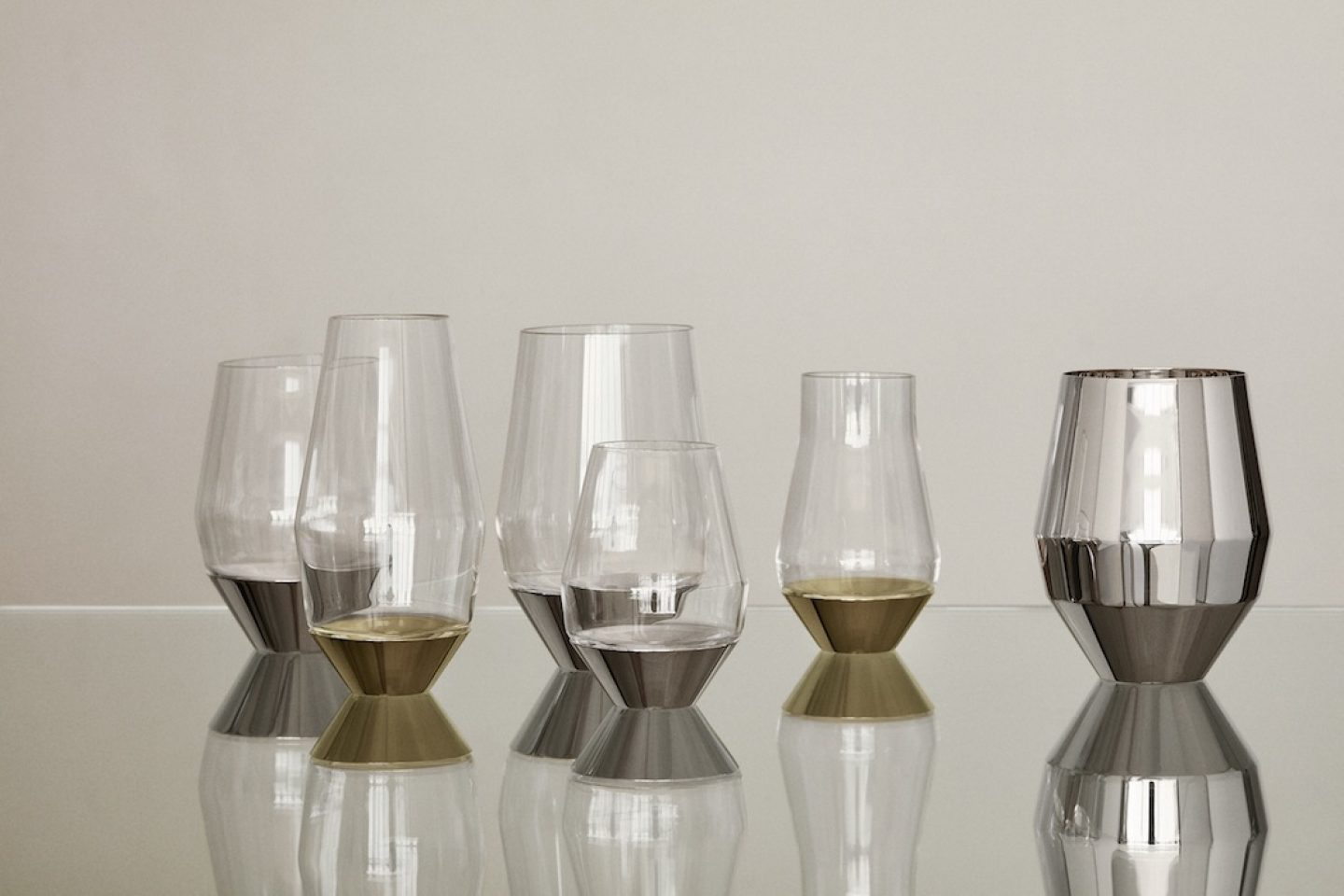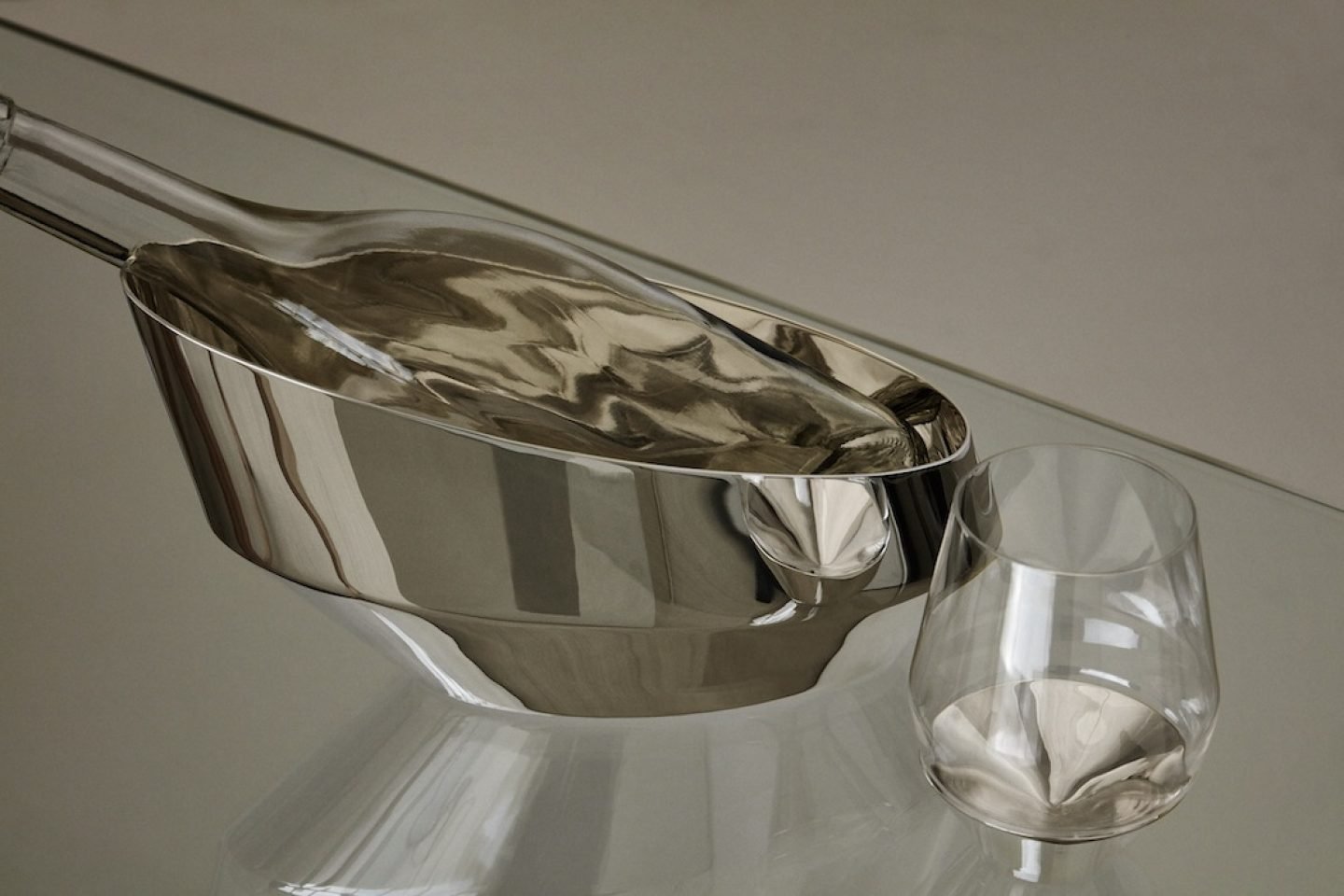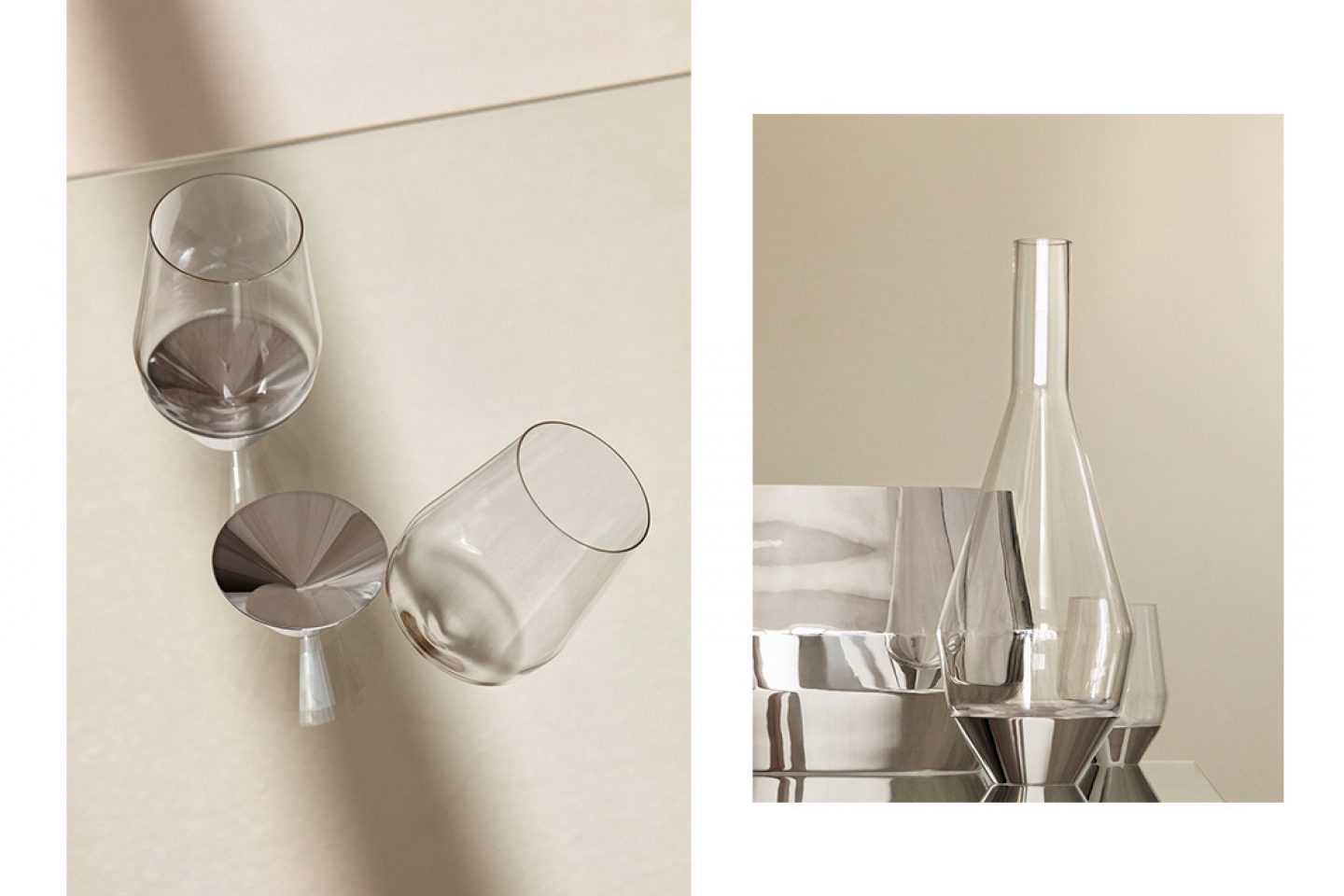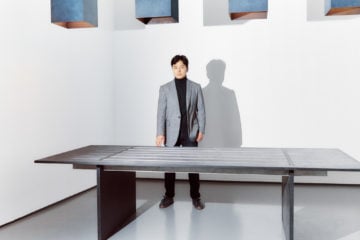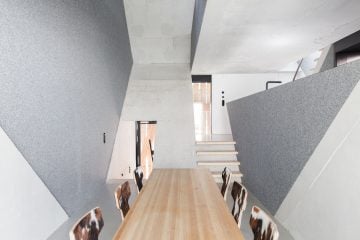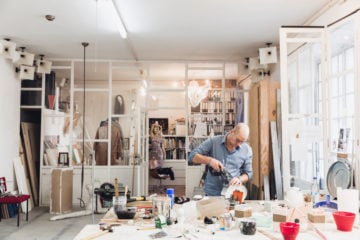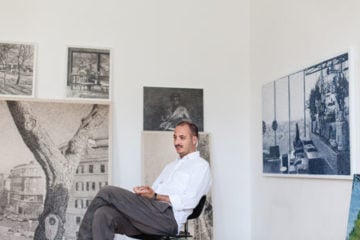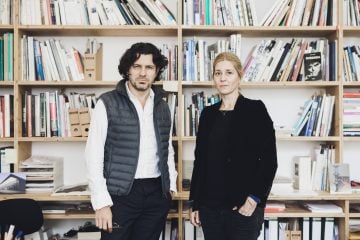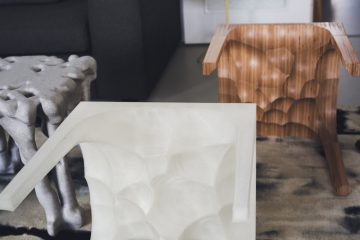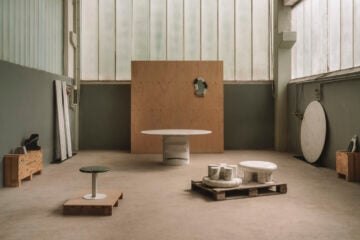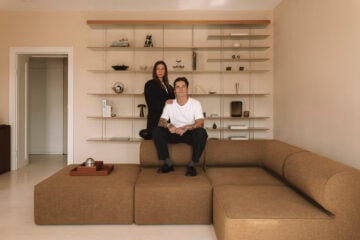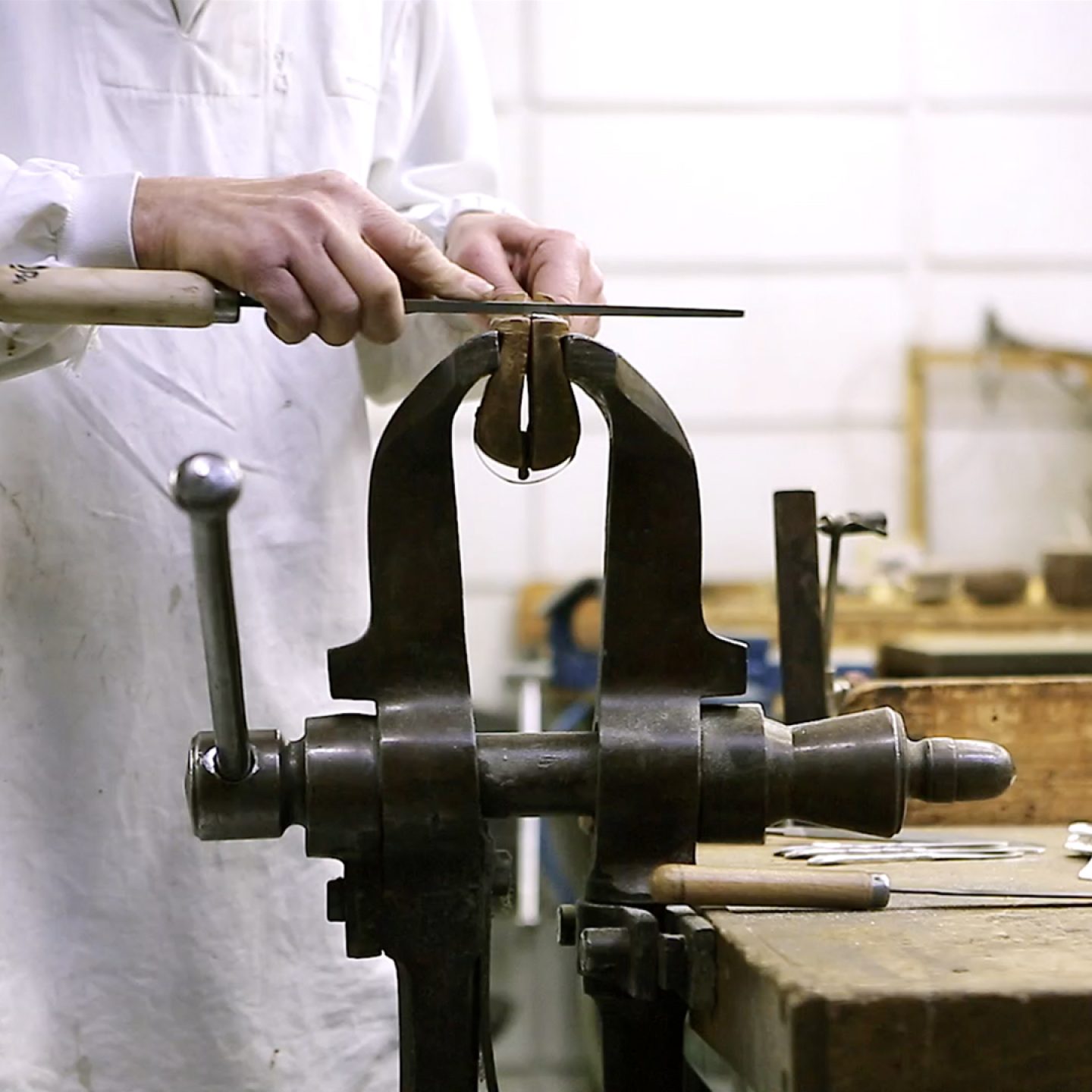
The Art Of Silversmithing At Puiforcat By Hermès
- Name
- Hélène Dubrule
- Project
- Puiforcat
- Images
- Jessica Jungbauer
- Words
- Jessica Jungbauer
While in Paris, we were invited by Puiforcat tableware to witness the craftsmanship that goes into every single design piece—from sterling silver cutlery to serving trays and centerpieces. We had the chance to sit down with the company’s president and Director of Hermès Maison, Hélène Dubrule, to talk about its heritage, contemporary design and today’s table culture.
Founded in 1820 and owned by Hermès since the 1990s, the company’s workshop consists of only fifteen craftsmen, every one of them specialized in the 400-year-old technique of silversmithing. According to Éric Popineau, workshop leader and owner of more than 400 hammers, crafting one single tray from start to finish can take up to 50 hours–from the hammering and heating of the material to the polishing and engraving.
Since working with silver is such an intricate art, the younger artisans first work on copper before being trained in handling the precious metal. If there’s even one mistake, the material won’t work properly throughout the following steps. In this case, the piece will be destroyed, remelted and the process has to start again from scratch–which luckily has never happened to Popineau before, or so he says.
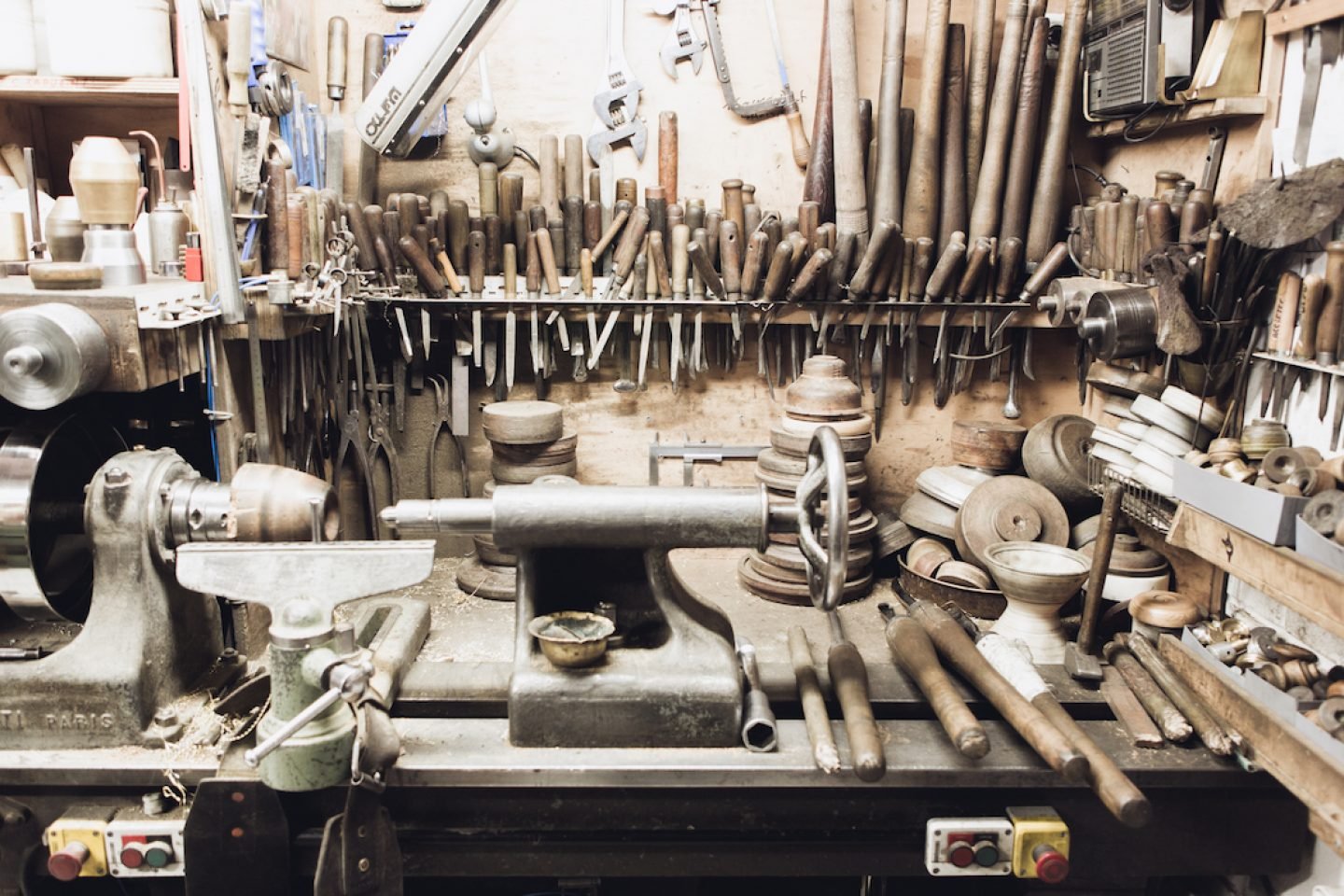
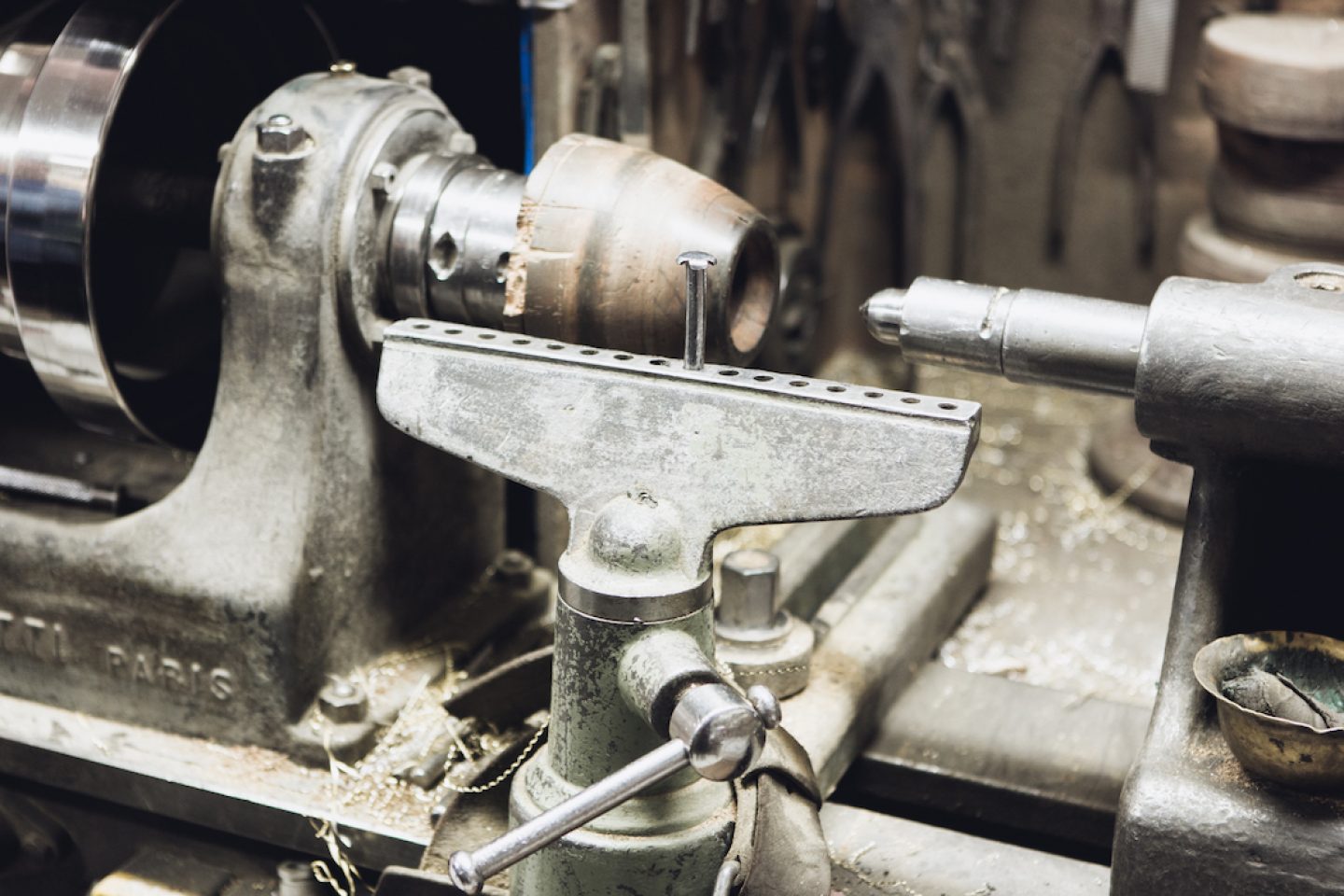
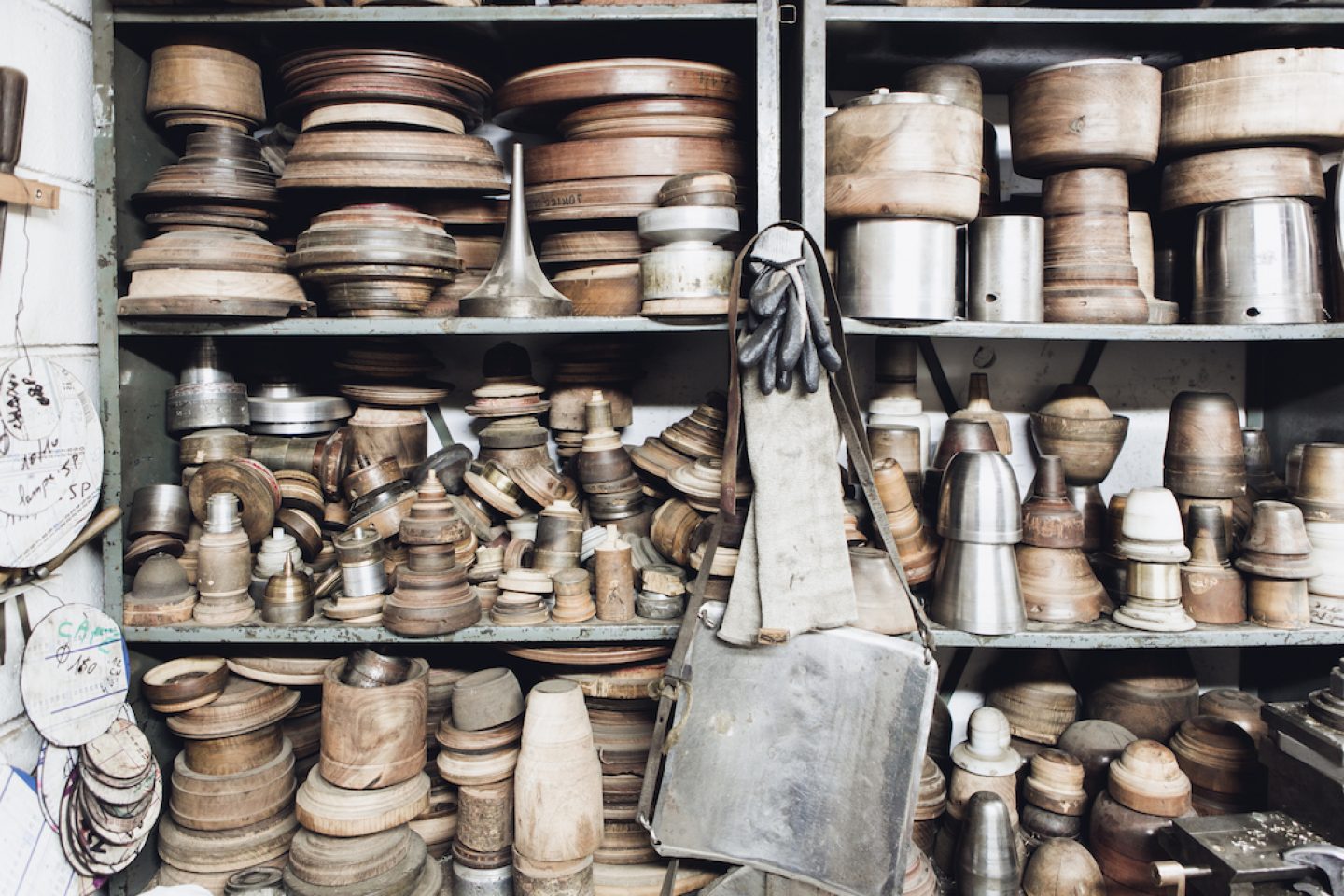
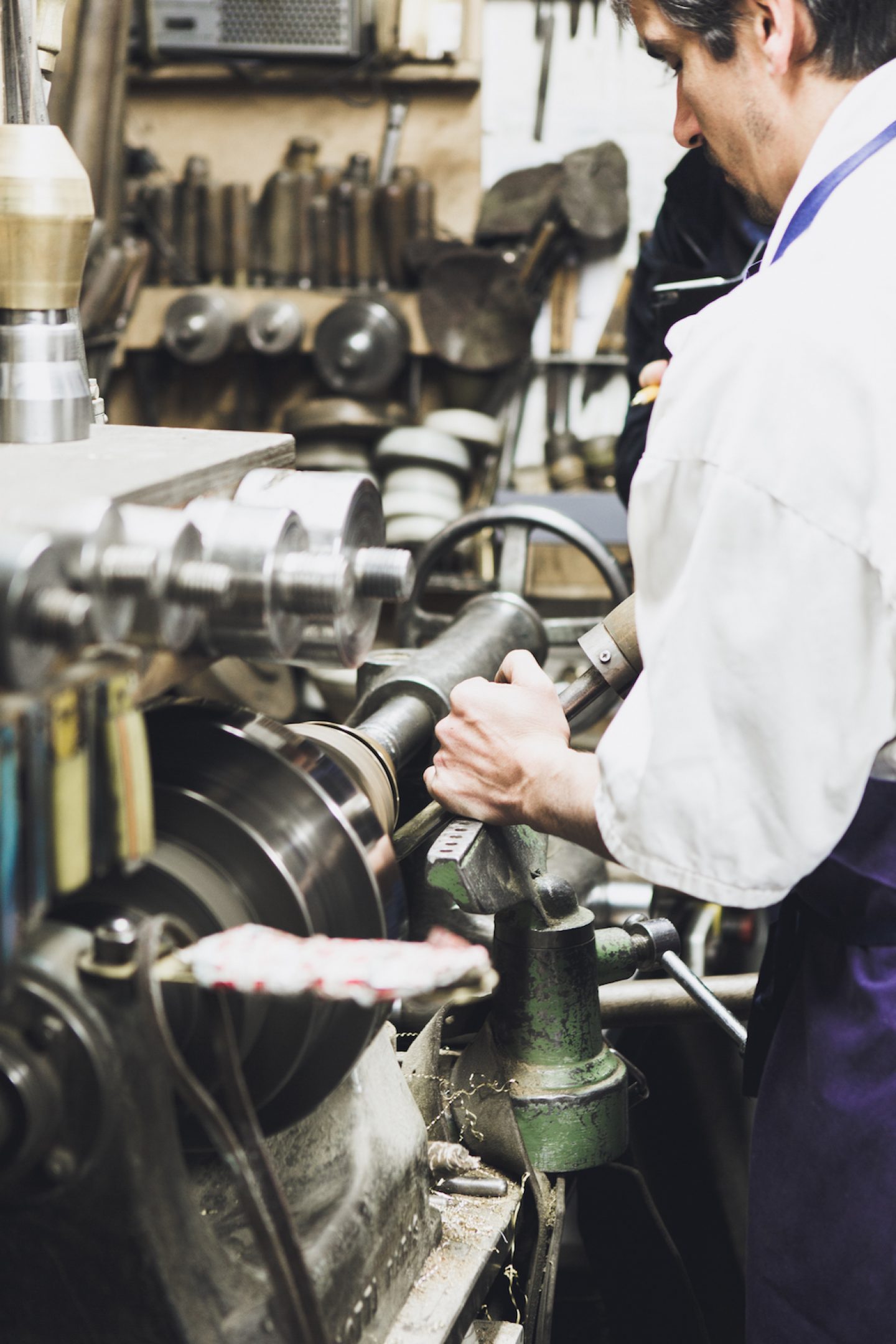
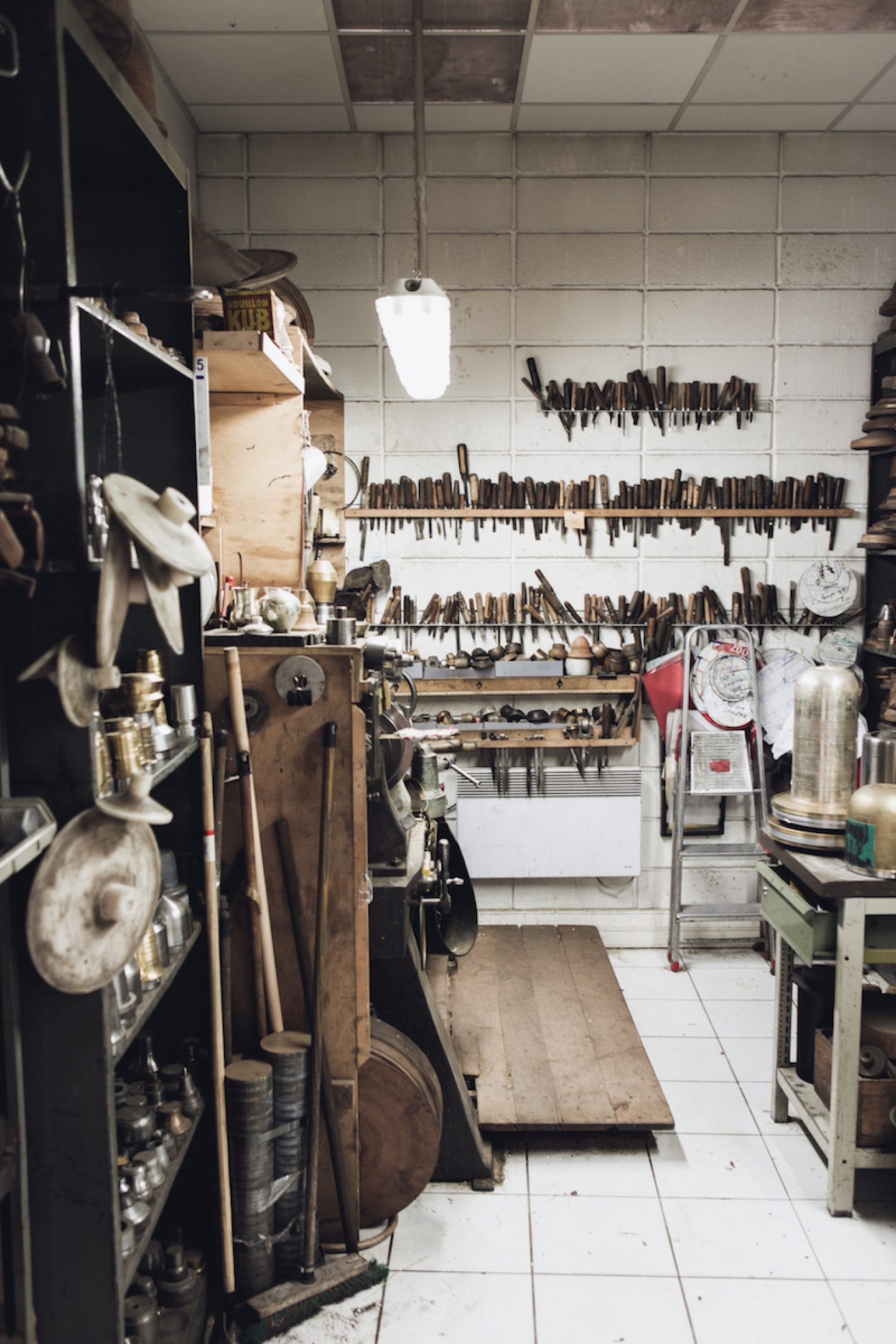
Could you please start by telling our readers a bit about the history of Puiforcat?
Hélène Dubrule: The core of Puiforcat is really this anchor to authentic craftsmanship and handmade, artisinal techniques. We only have fifteen craftsmen at the workshop and they have perpetuated the know-how and skills for two centuries. We are actually a small house, but if I may say so, a very exquisite one. We are chosen by people who are real connaisseurs. Besides these strong values and our strong belief in craftsmanship, there’s the sharpness and the eternity of the design.
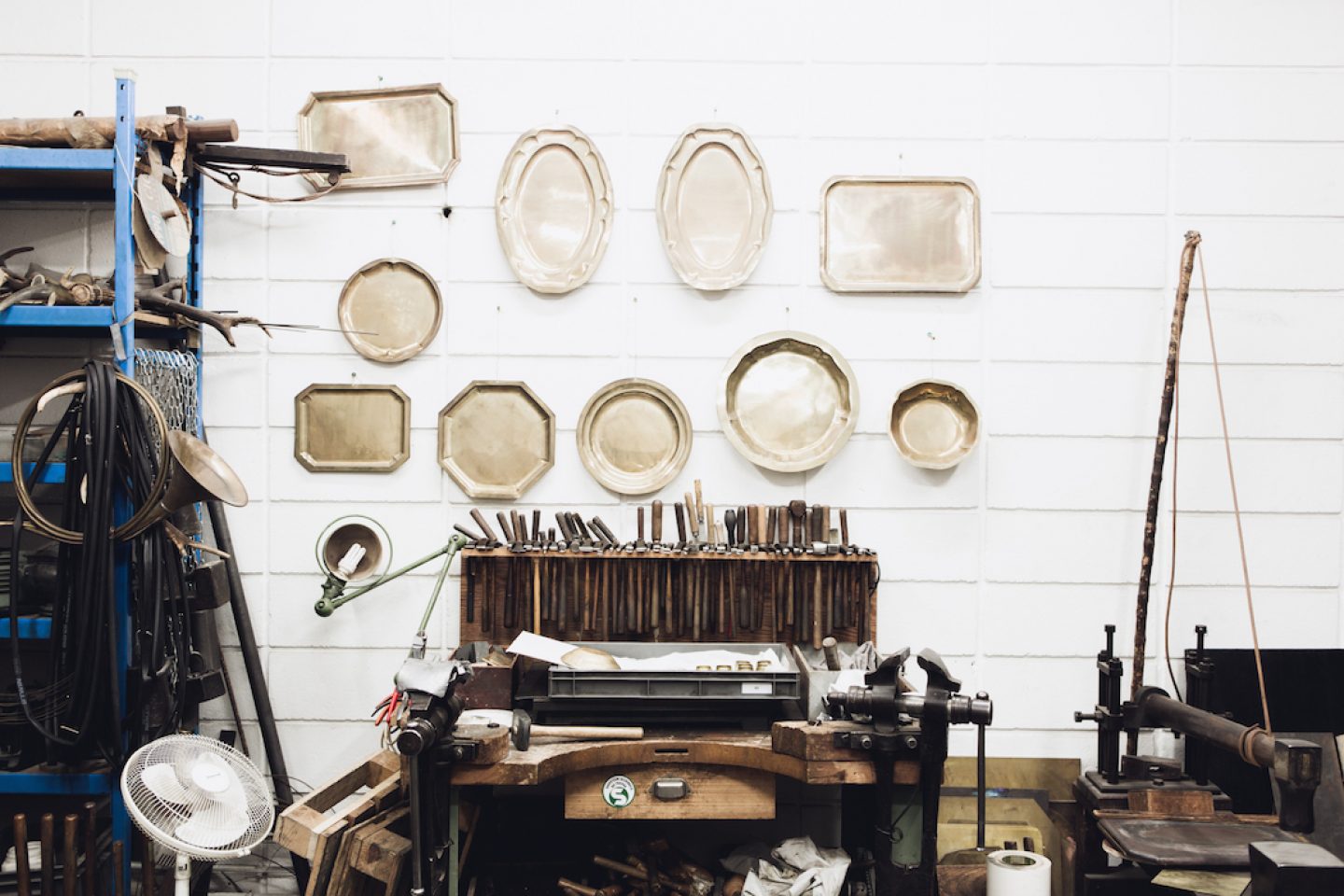
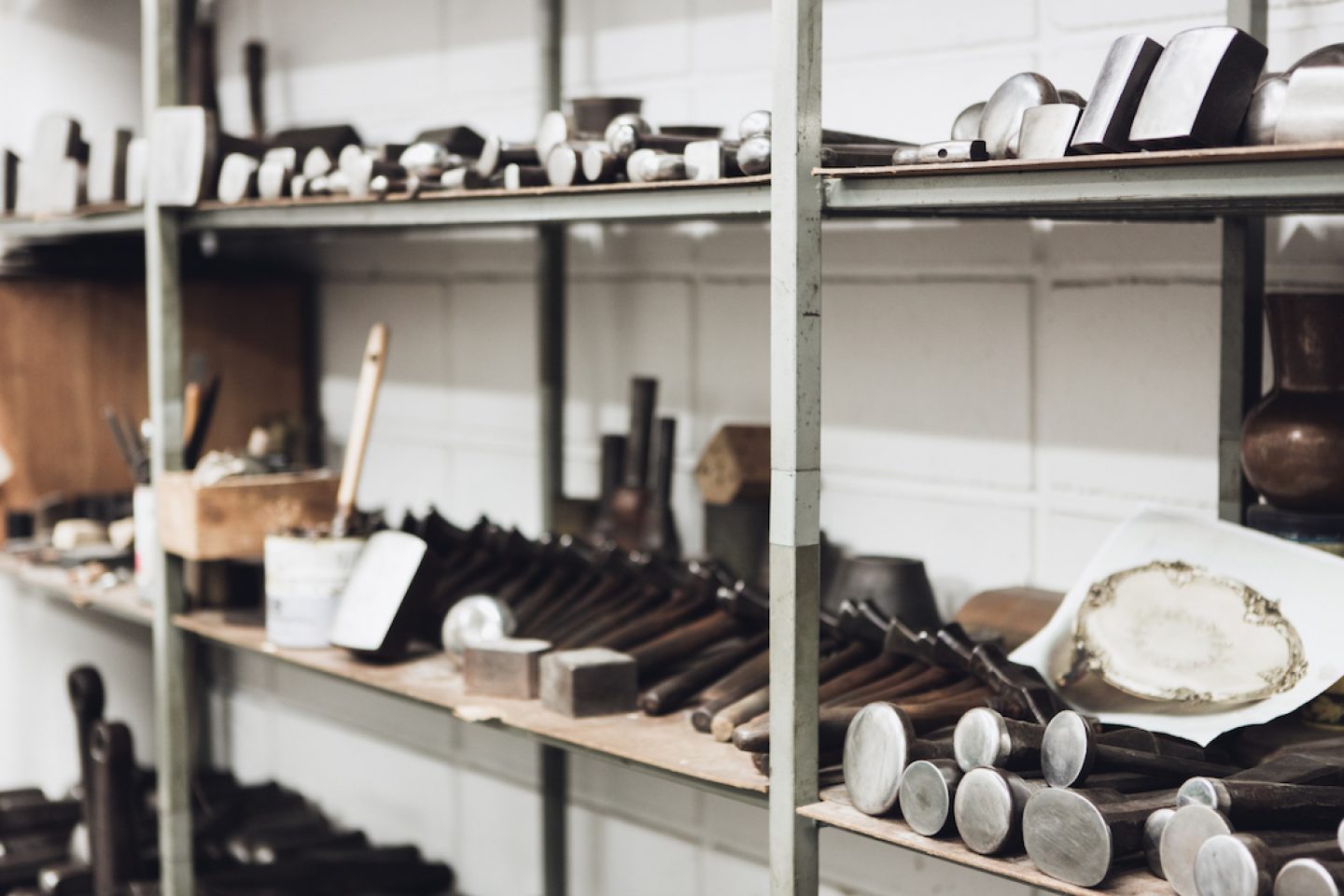
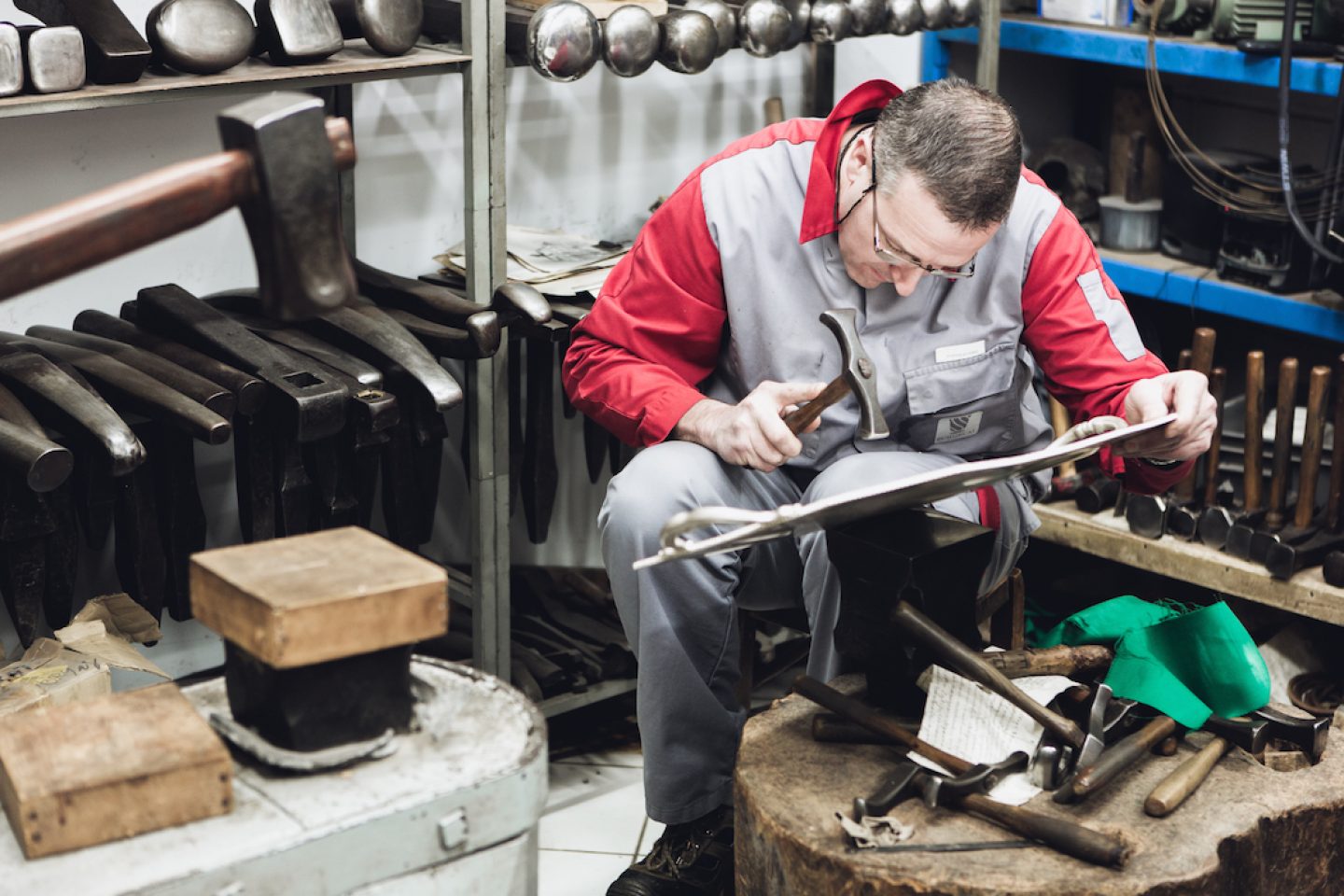
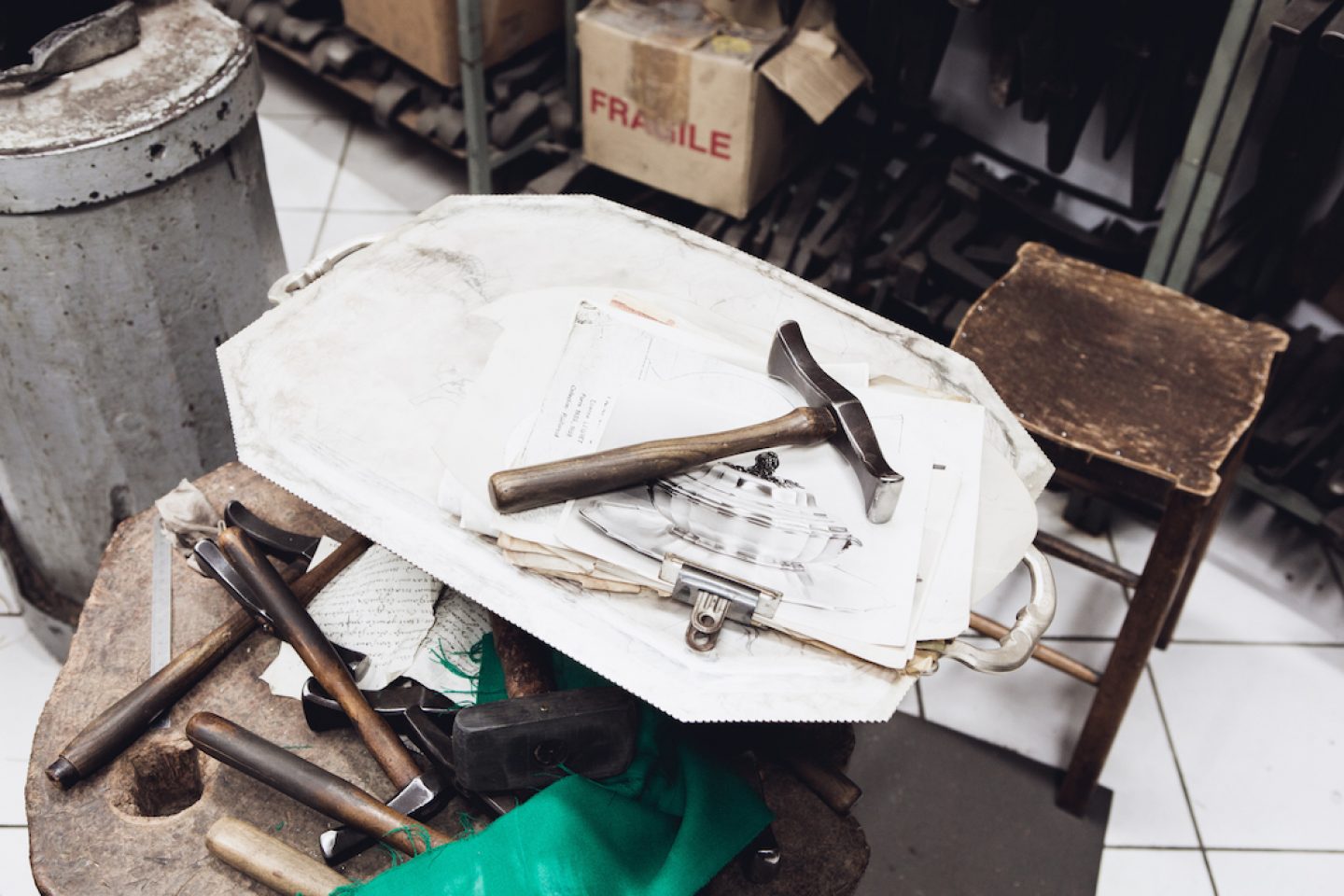
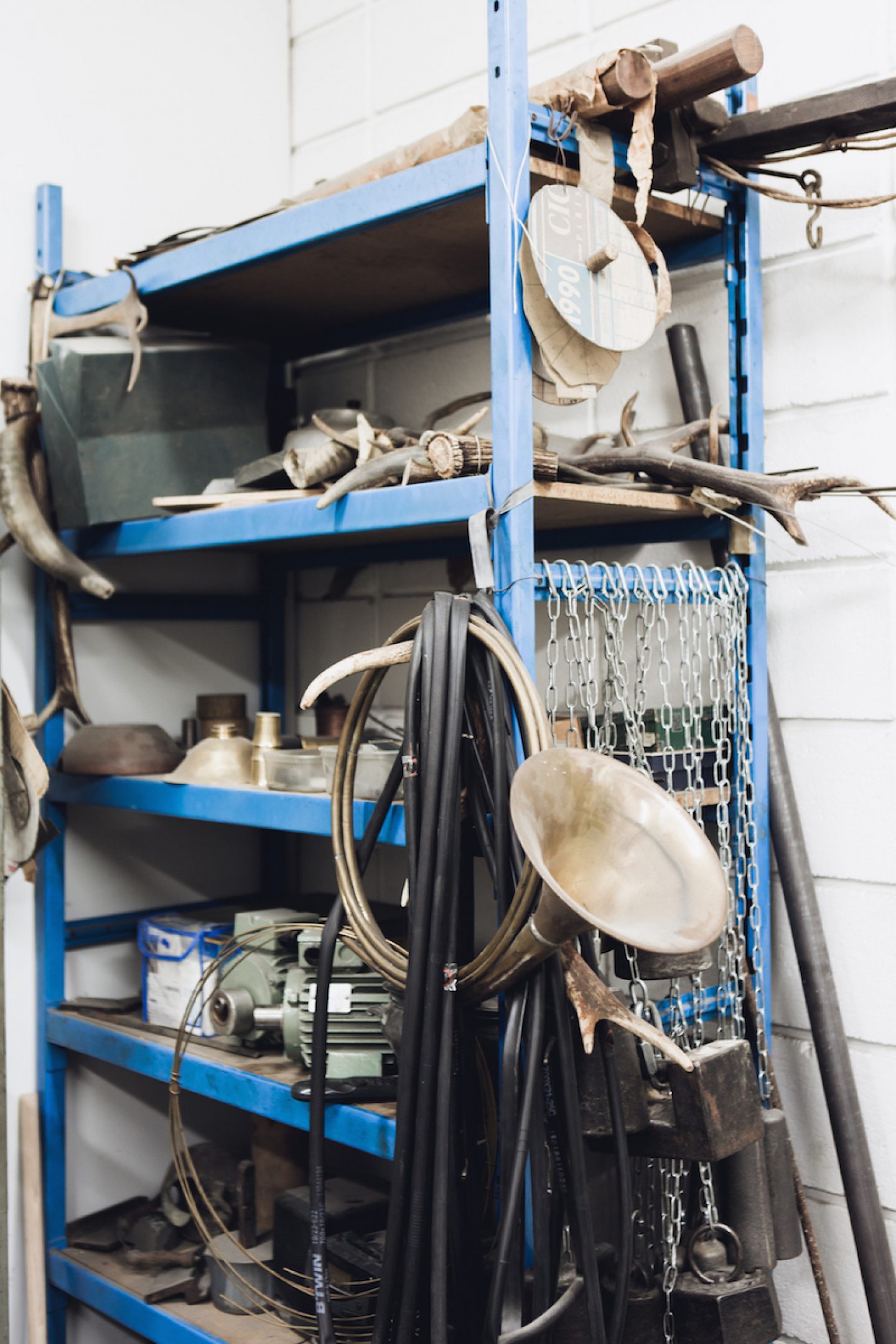
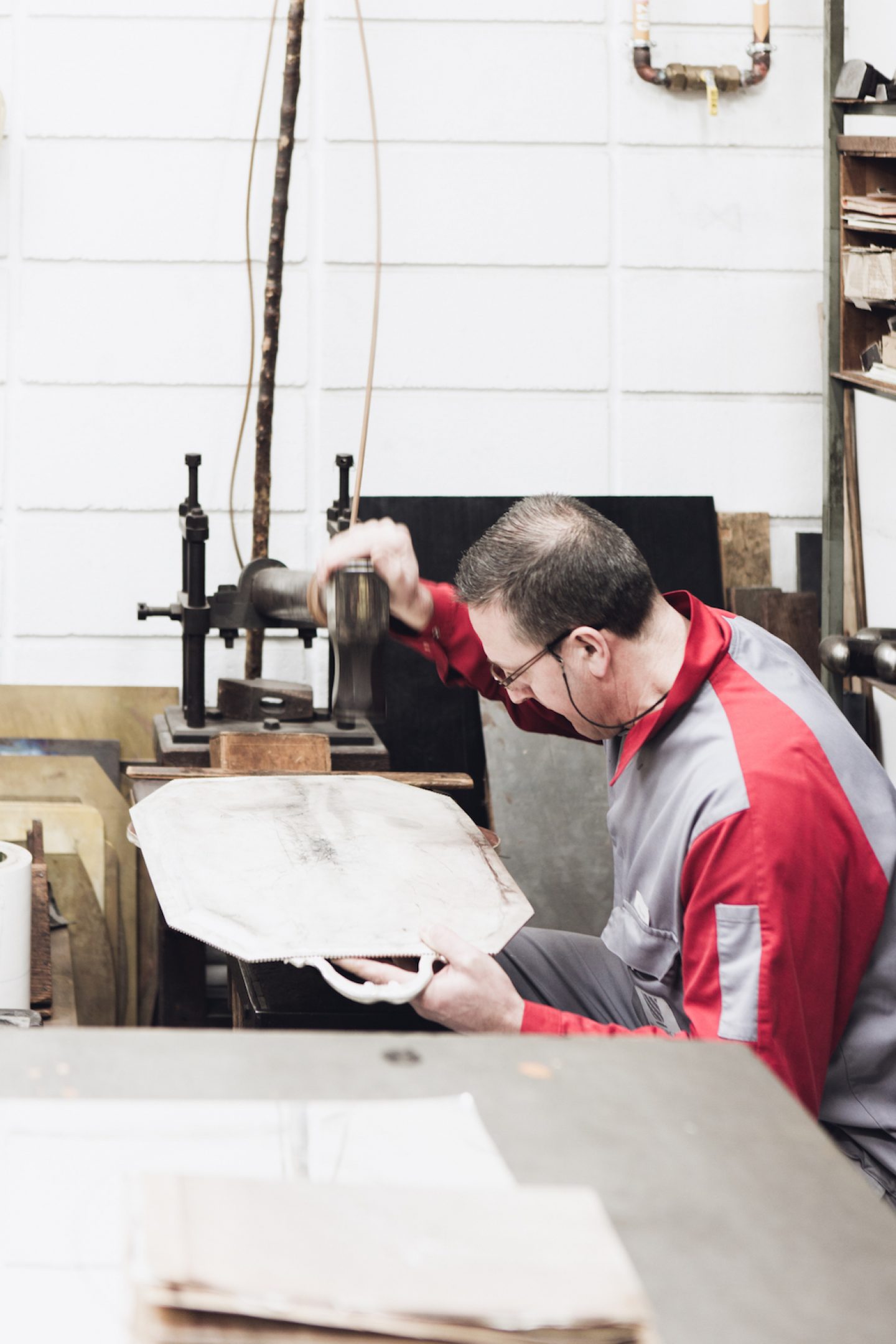
Hélène Dubrule: Our history dates back to Louis Victor Puiforcat, who was a collector of 17th and 18th century masterpieces of silversmithing. We asked the craftsmen in our workshop to replicate those designs. That’s why we have the archive full of classical pieces. But then came his son, Jean Puiforcat, and he was a visionary for Puiforcat. It was the period when the style of Puiforcat really expressed itself and also where we developed our singularity in the Art déco style. But now, our raison d’être is to perpetuate this artistic heritage with contemporary pieces.
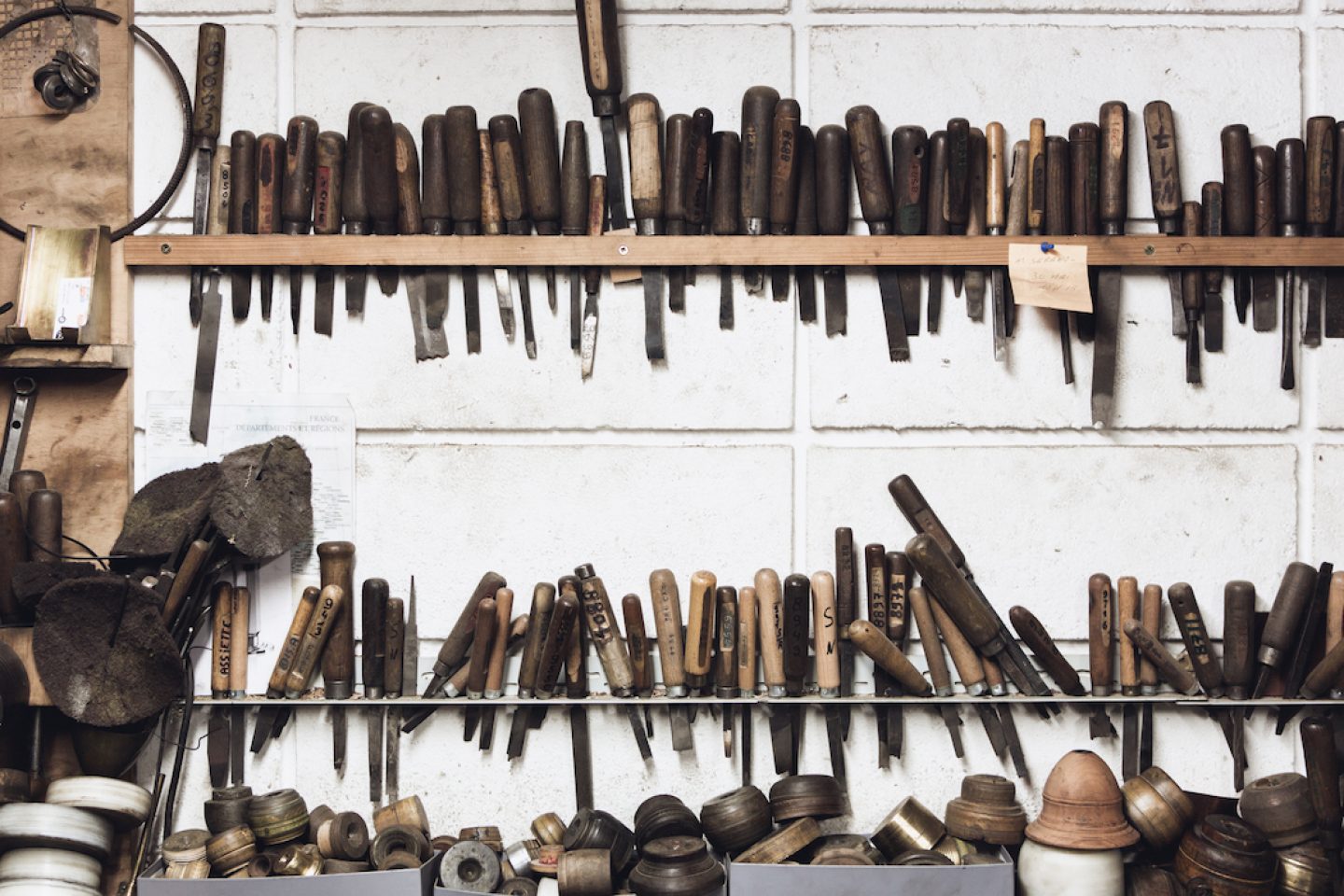
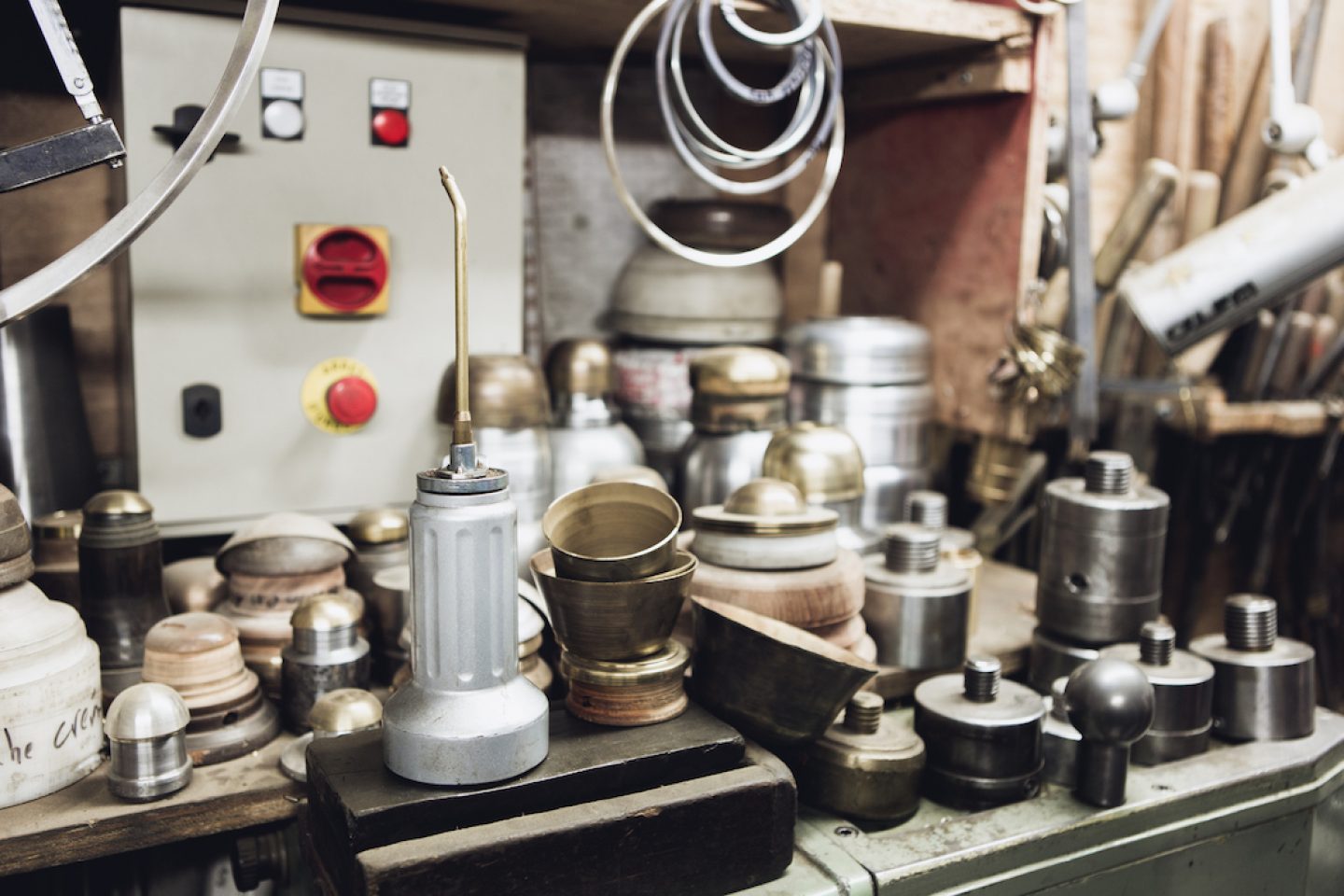
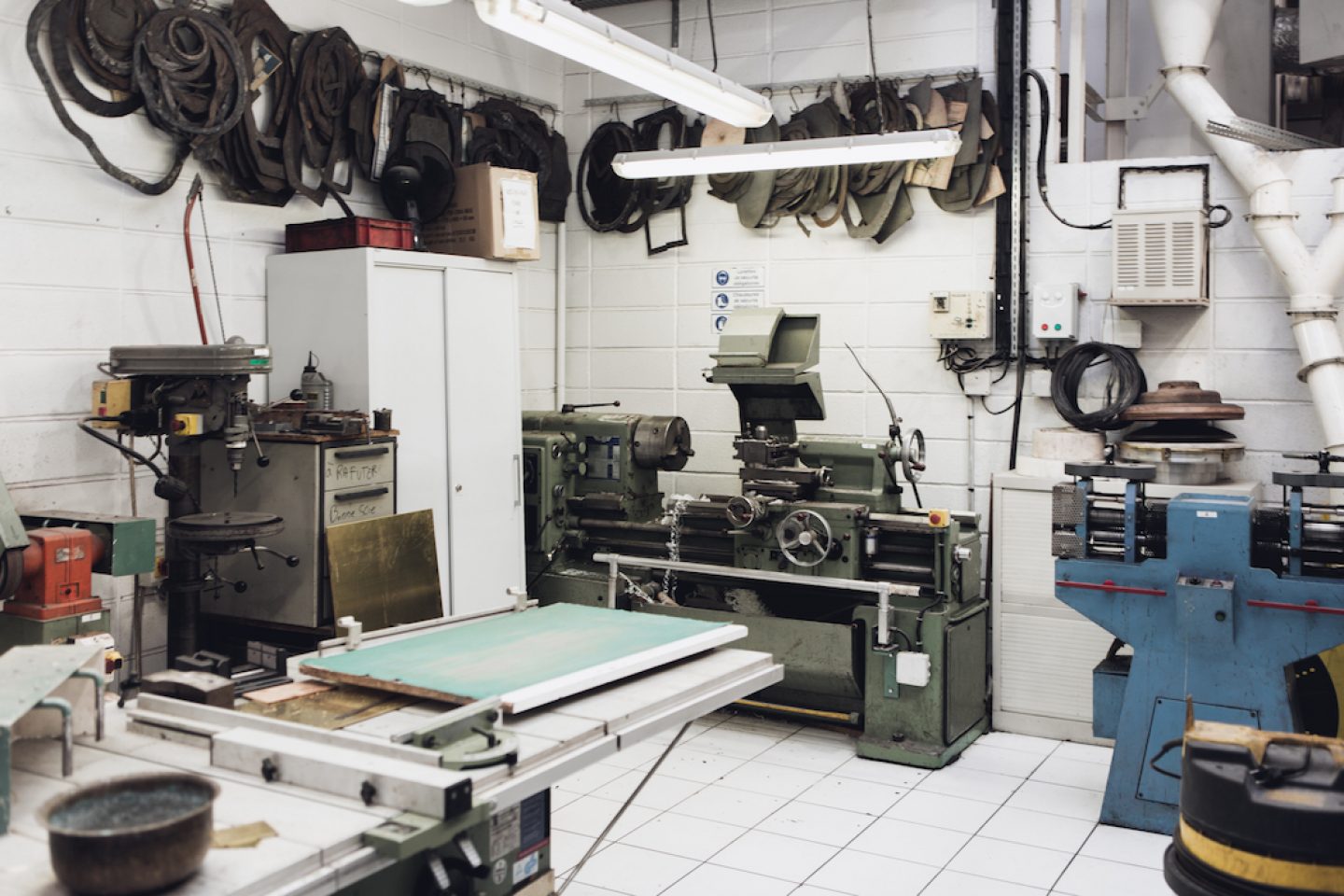
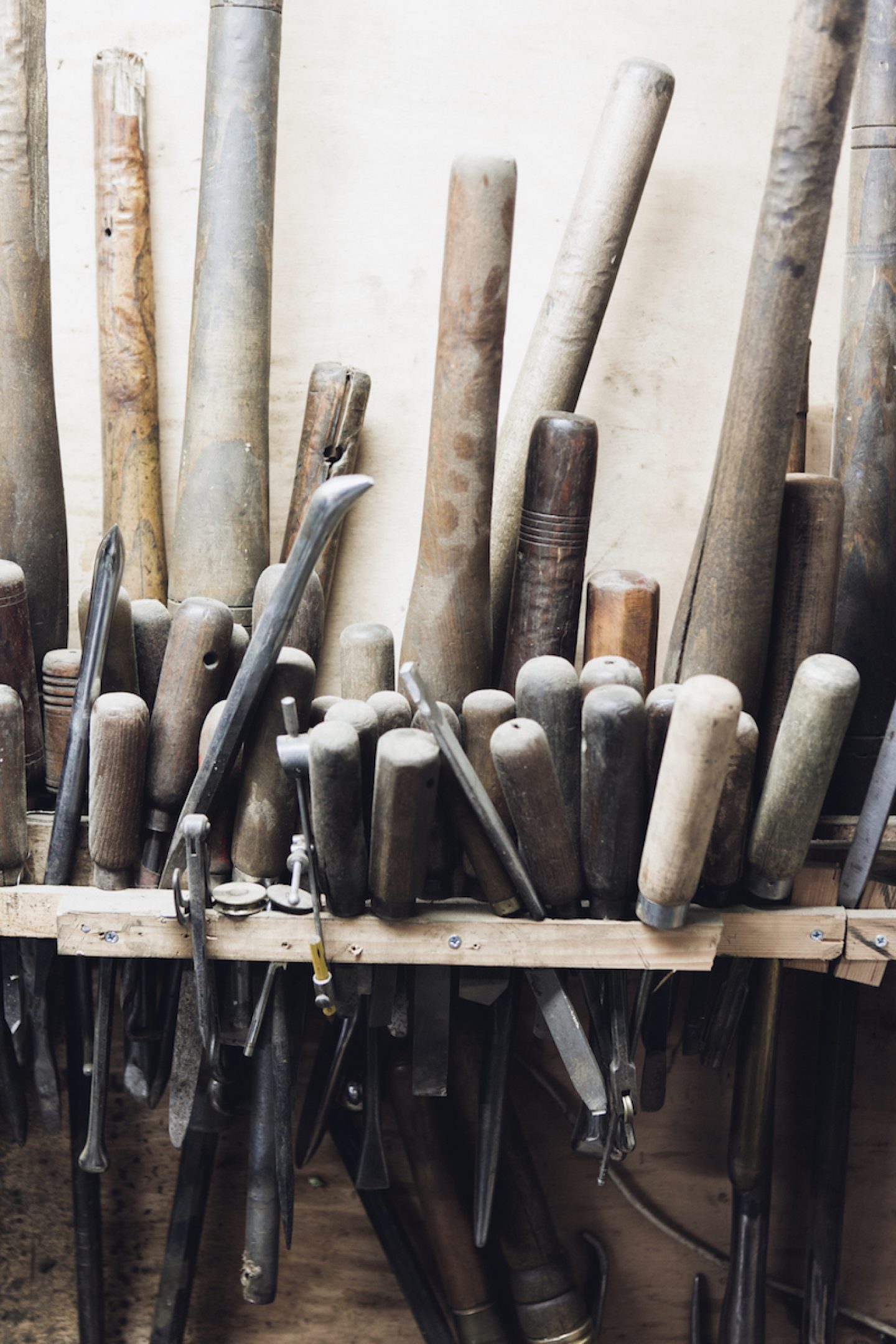
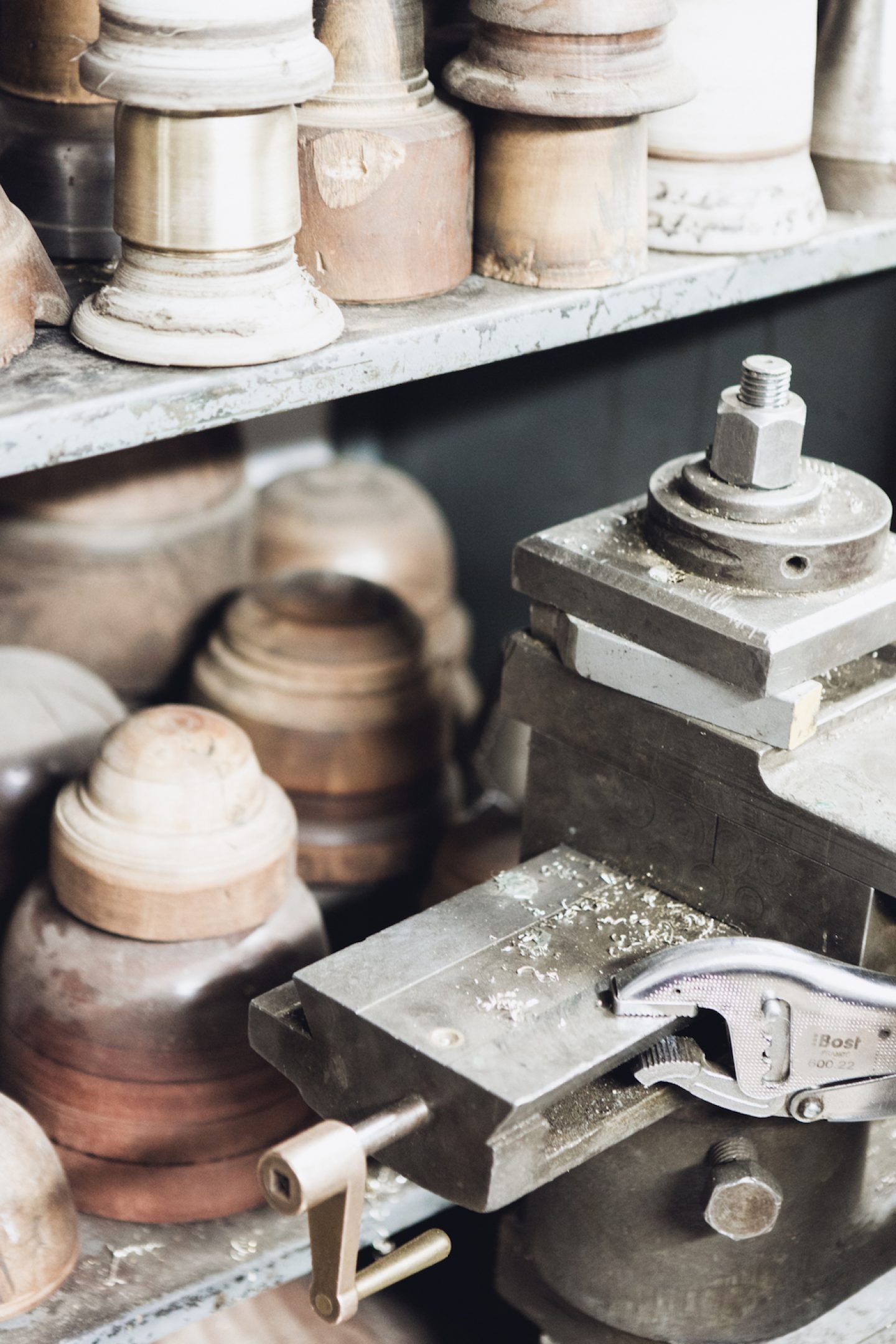
How do you translate the tradition and heritage of Puiforcat into contemporary design?
Hélène Dubrule: I think there are two ways to do it. First, we need to think about usage. We need to project the contemporary usage in our modern lifestyles and see what is relevant today. The second one is the style. What kind of style? How do we choose our designers? How can they understand the core of the Puiforcat identity? Which is, to my mind: architectural lines, purity, simplicity and a harmony of proportions.
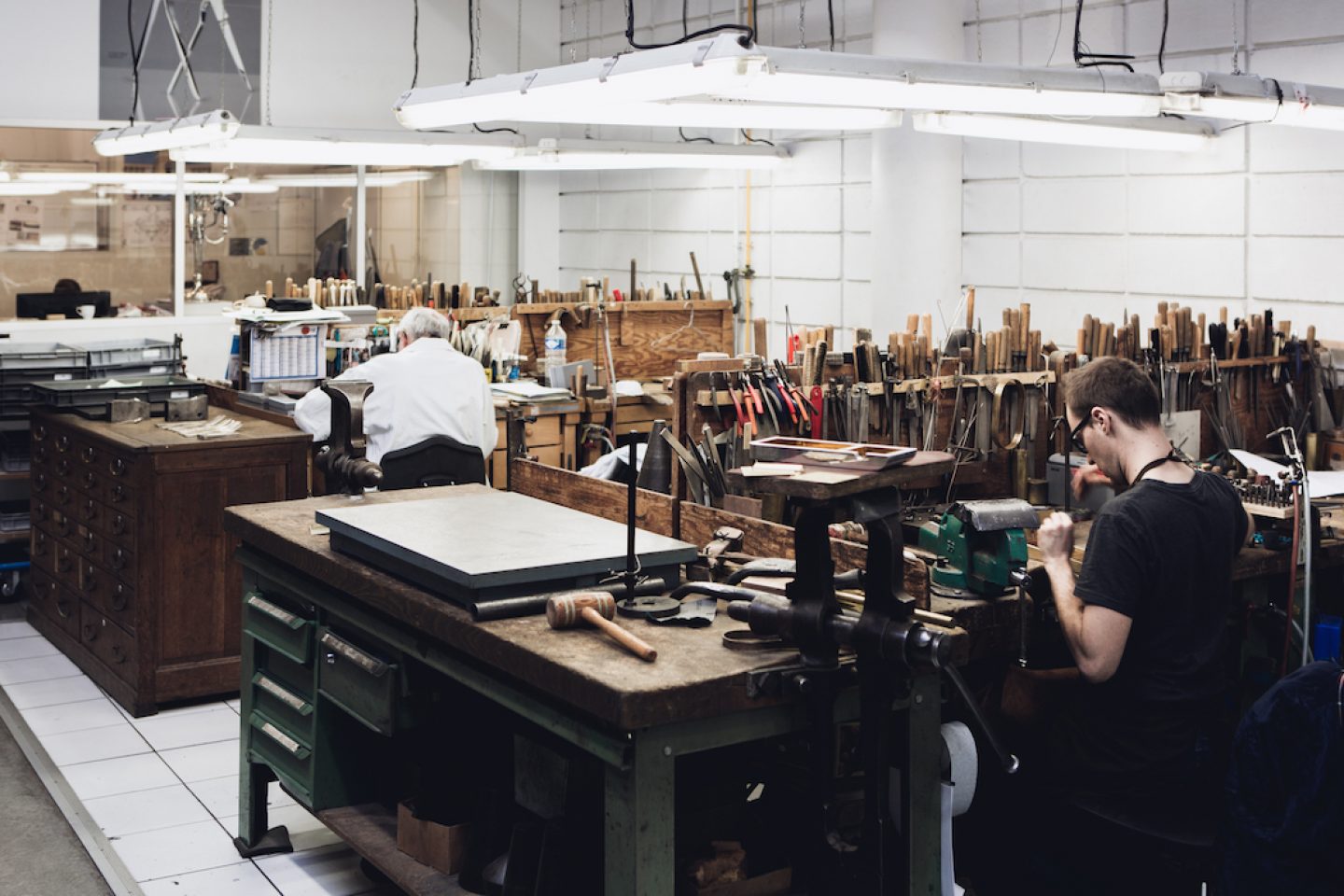
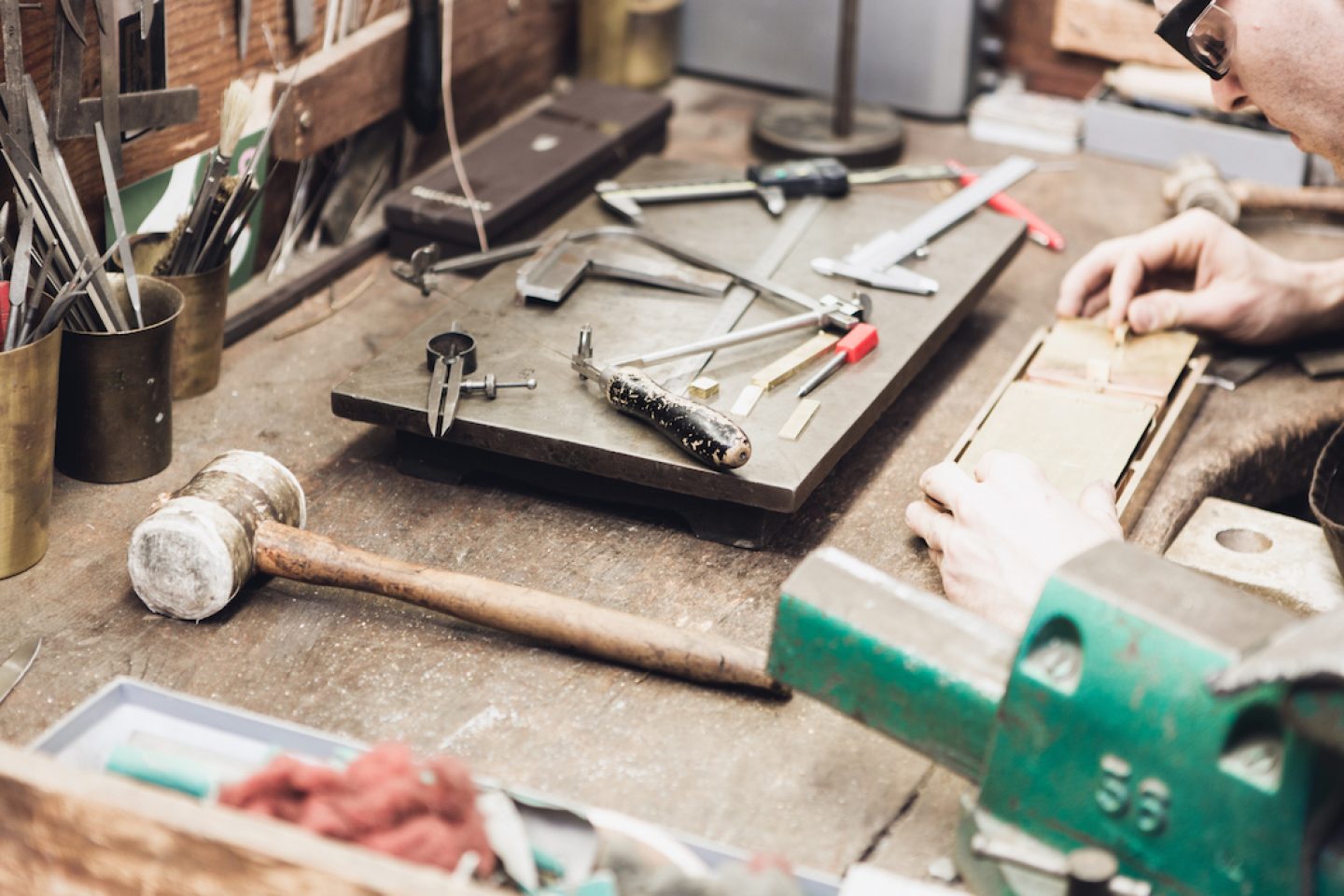
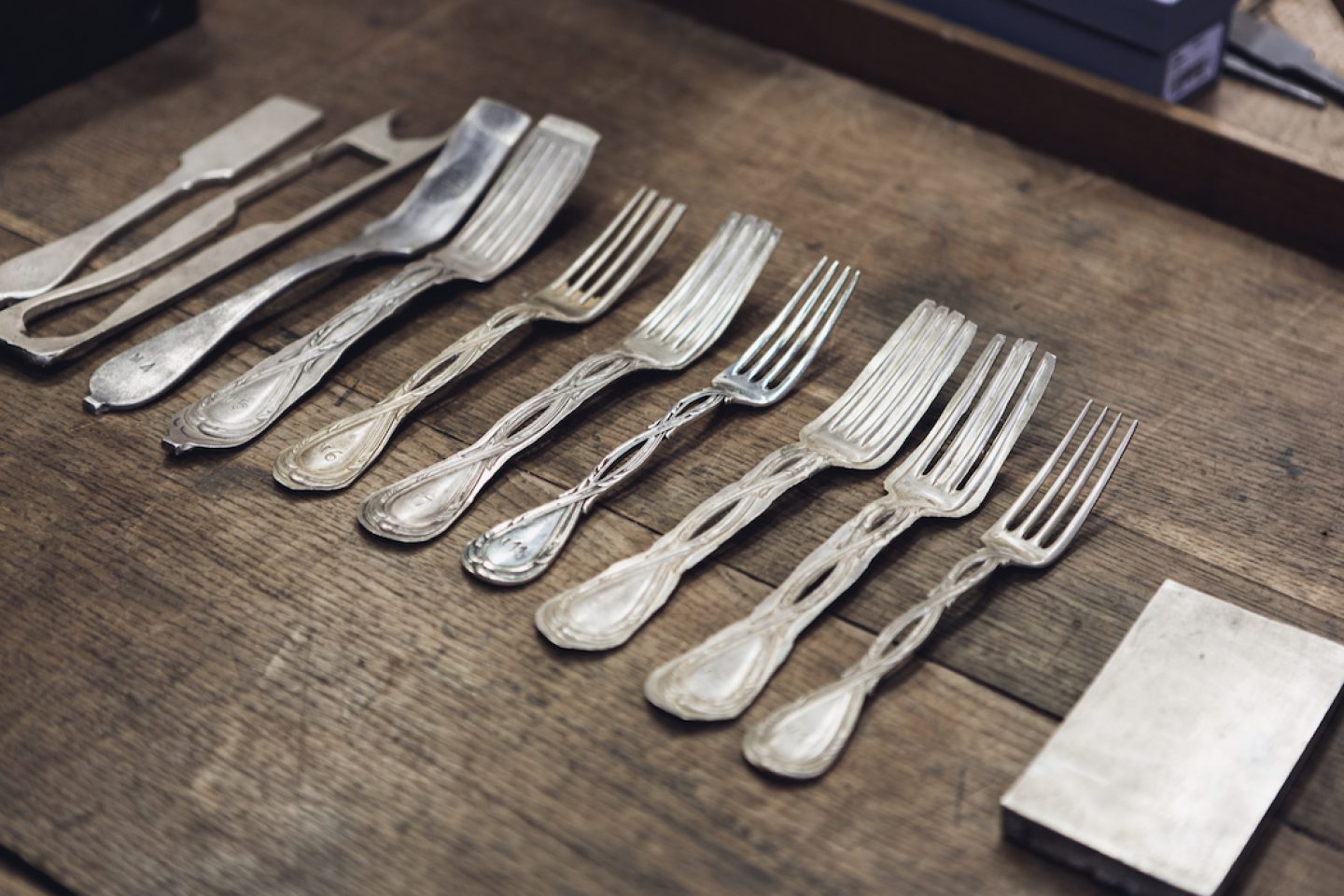
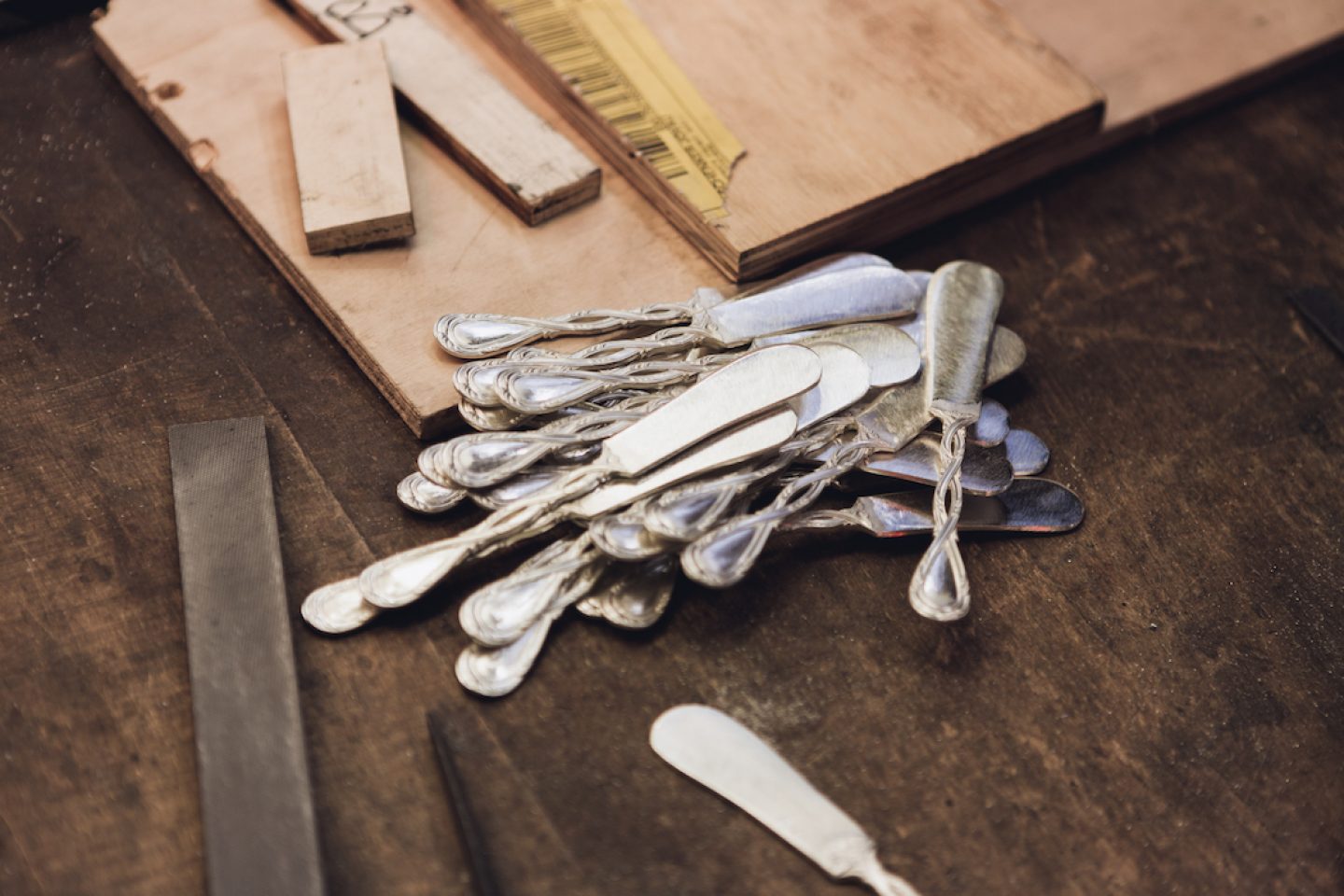
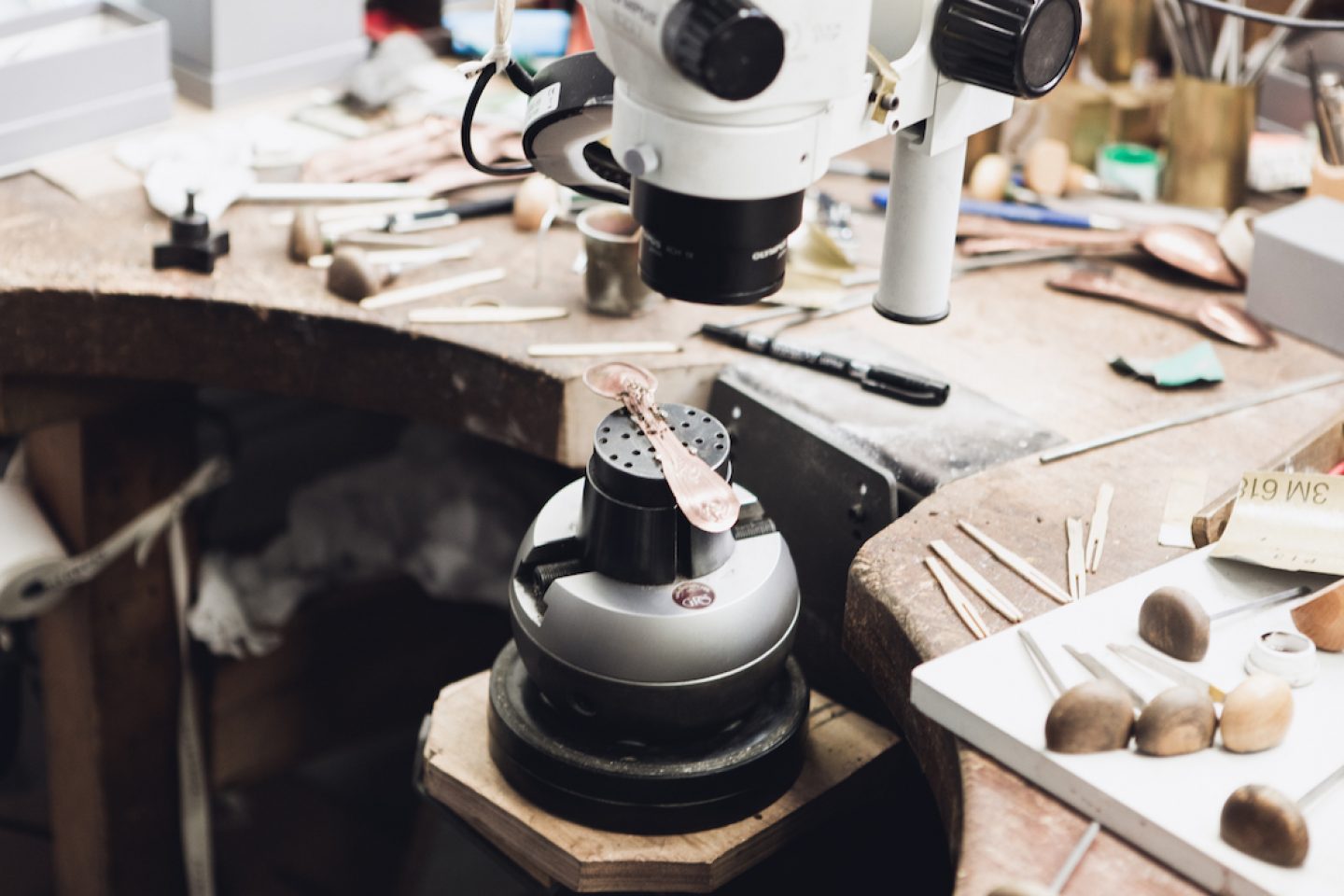
Can you describe the process of working together with different designers? How do you choose the designers you work with?
Hélène Dubrule: We select the designers and when we choose them we do it together with our artistic directors. We try to find designers who understand the spirit, but also the importance of the technique. Jean Puiforcat always sculpted the pieces first and then he would check the technical design according to mathematics and the golden rule. You have to find people who are trained in the technical aspect – and I think Michael Anastassiades [designer of the latest collection ‘Puiforcat Sommelier’] is someone like this. Because sterling silver is a very specific material, you have to understand the technical constraints of working with it, especially when also using other materials. Puiforcat liked working with different kinds of materials in order to bring them together – wood with silver, glass with silver…
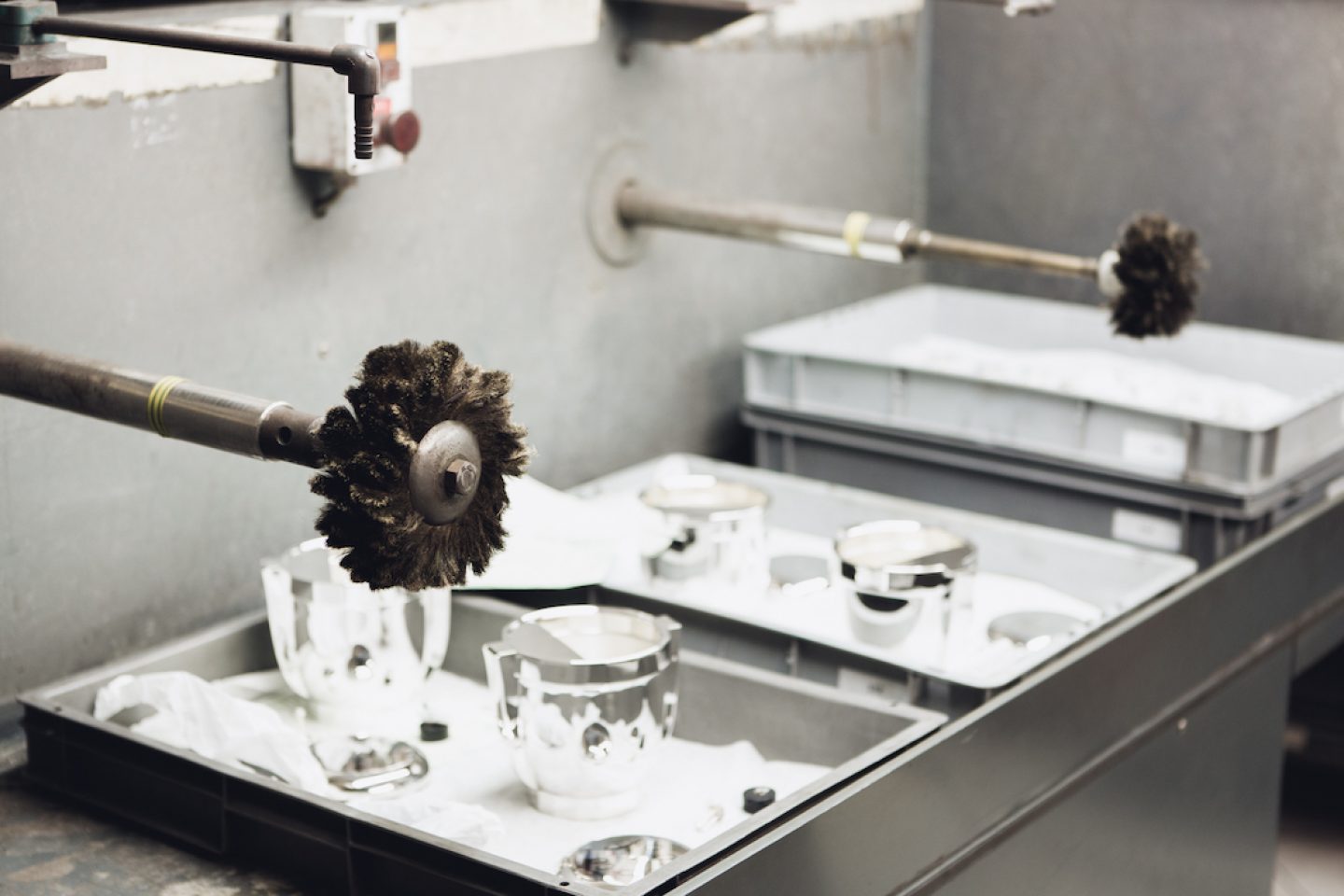
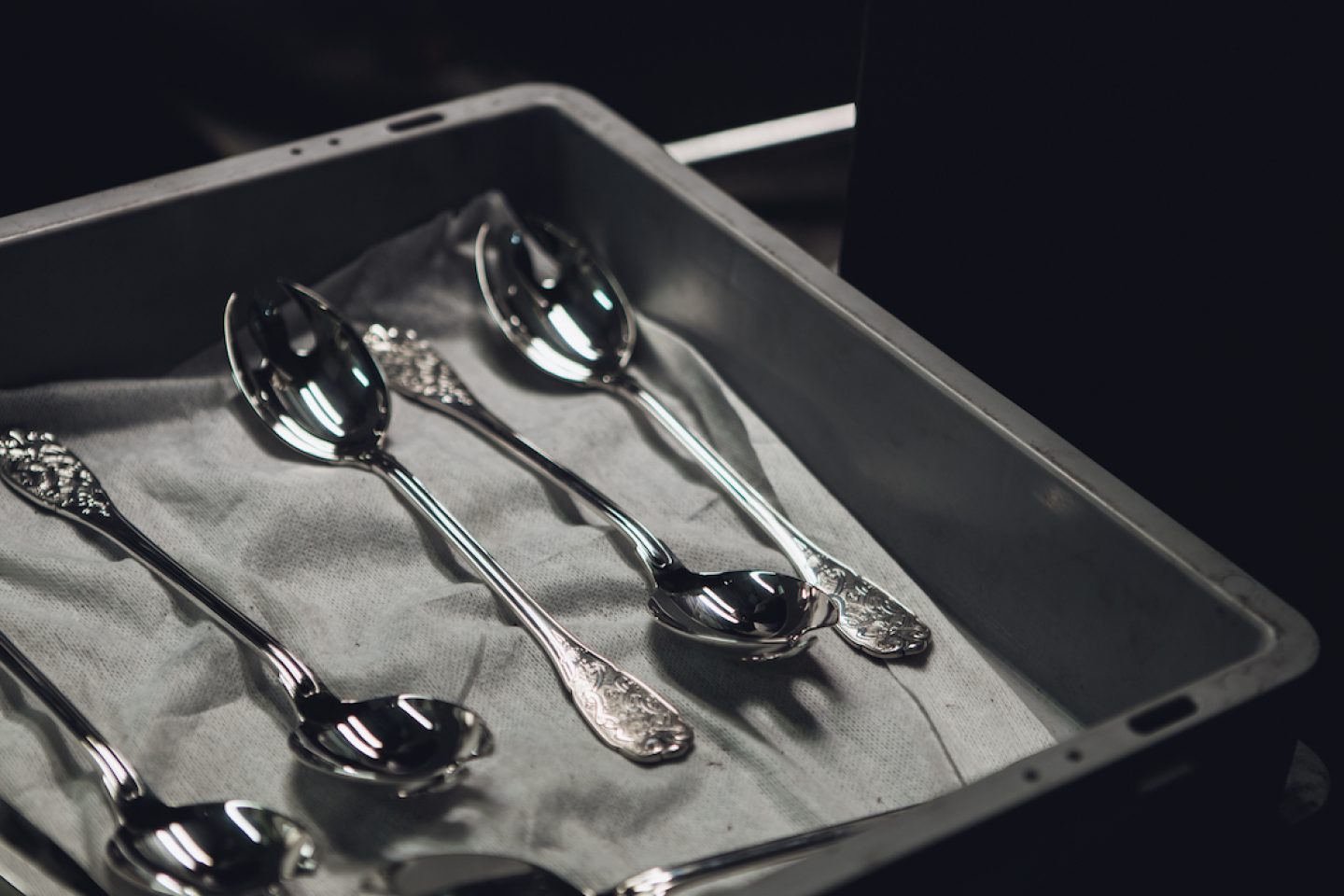
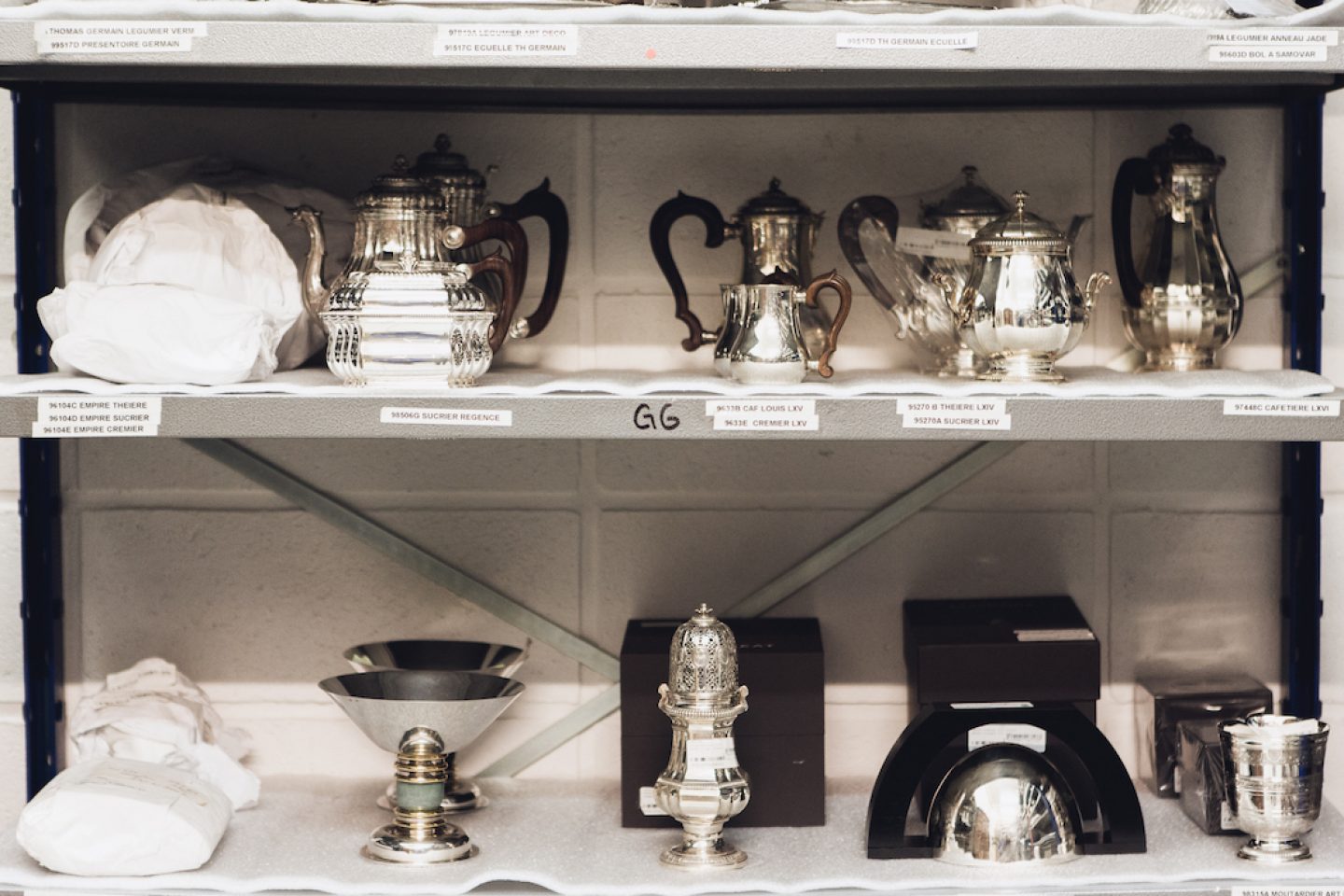
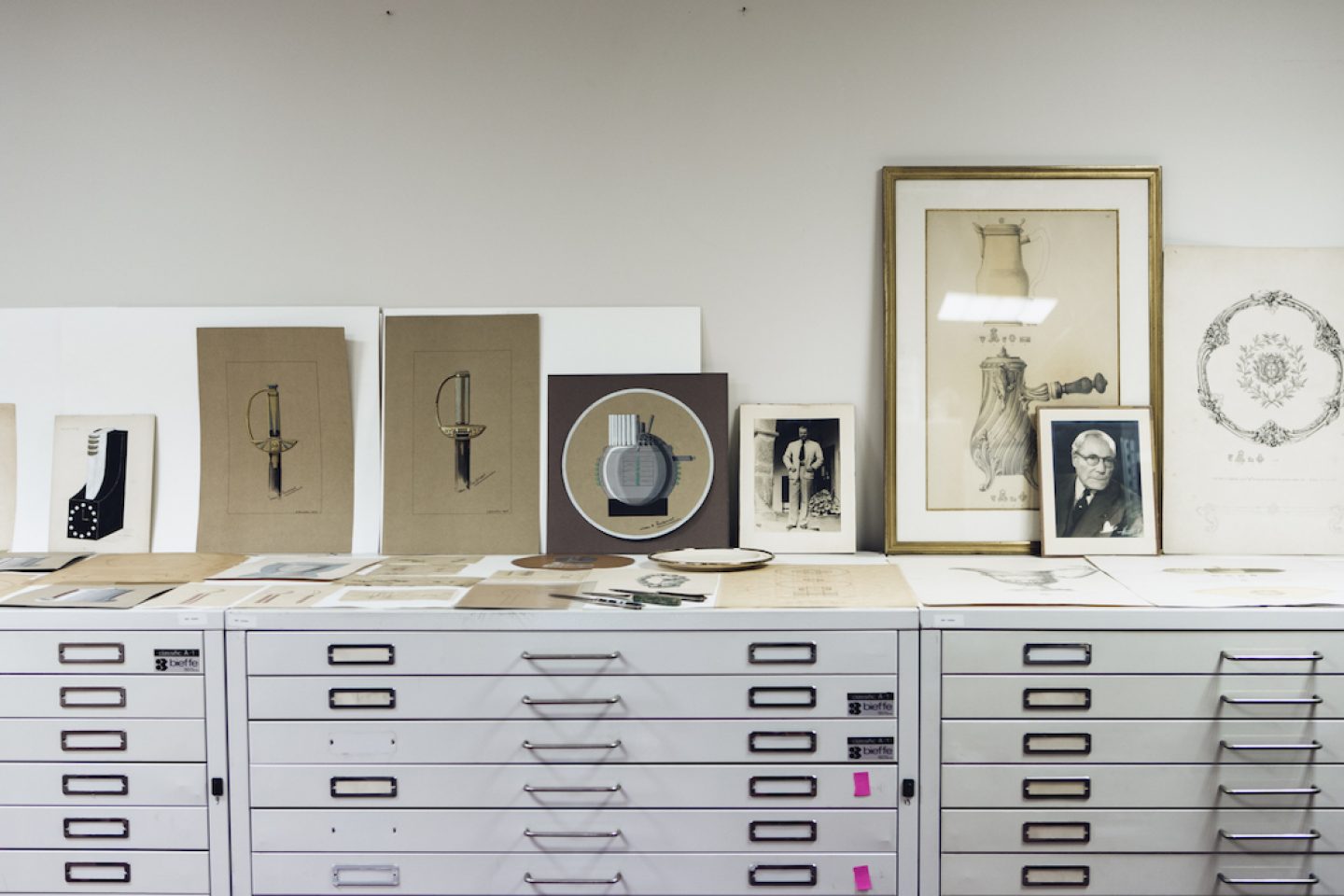
How would you describe today’s table culture?
Hélène Dubrule: Before, it was more about showing and receiving. Today, depending on different cultures, people still like to welcome guests at home and want to dress beautiful tables, but of course, it’s more casual. But what also changed is the idea of people not just setting the table, but also enjoying preparing and cooking food. That’s why we, for example, launched a series of cooking knives with chef Pierre Gagnaire. People like to enjoy, taste and experience. Personally, I like the idea of ‘l’art du goût’, the art of tasting, which means to really associate the function and beauty with the experience. And that’s why we also have tasting tools such as the champagne and cognac beaker – and now the new ‘Puiforcat Sommelier’ collection for wine tasting…
"What changed is the idea of people not just setting the table, but also enjoying preparing and cooking food."
The interview was edited and condensed.
Photography by Jessica Jungbauer
